[DAY 46],Tania Bohuslavska, Gala's Music, 2017
Touch is one of the first senses we experience even as fetuses in the womb, followed by becoming our means of getting to know the world. It is unnegotiably of vital significance, an innate demand and a primary function inextricably linked to perception, in addition another way of seeing. By activating feelings of love, reassurance, tenderness, support, and empathy, touch is one of the most fundamental indicators of communication. However, the gesture of contact is often restricted or prohibited, indefinitely interrupted, or postponed for a while. According to the British poet John Keats, though, "touch has memory" as our deeper stories are imprinted on the body, which is a reservoir of knowledge and experience. Even when it is absent, the marks and memories it leaves remain resilient and incomparable over time. Tania Bohuslavska's video, presented at the 2nd Thessaloniki Queer Arts Festival in June 2019 at the MOMus-Experimental Arts Center, praises the ritual of contact and the emotions it evokes.
[Tania Bohuslavska, Gala's Music, 2017, video, 05:28 minutes]
[DAY 5] Liubov Popova, Space Force Construction, 1921
The legendary George Costakis describes the story of how he acquainted one of the most important works of Liubov Popova (1889-1924), who was his favorite artist:
“Liubov Popova’s brother, Pavel Sergeievich [from whom George Costakis acquired the majority of Popova’s works] had a stepson who lived in Zvenigorod, outside Moscow. Pavel Sergeievich once suggested me to visit him... So I went ... We walked to the garden. I noticed that the window of the storage house was nailed with a plywood. On the plywood I could read a number and below the signature: ‘Popova’. I entered the storage house and I saw the other side of the plywood. It was a great painting! ‘No, I can’t give it to you. If it rains the warehouse will be wet. Bring me a plywood and only then I will give you the painting’. I had to go to Moscow and look for a plywood. I didn’t find the dimensions needed so I bought two smaller pieces and brought them to Zvenigorod. In return, the landlord gave me the wonderful painting.”
This turned to be the most important painting of the series “Space-Force Construction”, a series Popova worked between 1920 and 1922 together with her partner and friend, the constructivist architect Aleksandr Vesnin, which defines the theoretical basis of her constructivist and productivist period and – tragically – the last period of her life.
[Liubov Popova, Space Force Construction, 1921, Oil and wooddust on plywood, 71×63.9 ©MOMus - Museum of Modern Art-Costakis Collection]
[DAY 35] Ivan Kliun, “Red Light”, early 1920s
In the early 1920s, Ivan Kliun painted a series of works that he named "Cosmic Images". One of these "images" is the painterly composition "Red light, spherical construction". The painting reflects the attraction of many artists of the Russian Avant-garde for theories on astronomical phenomena, their interest in the future conquest of space and the understanding of the nature of the universe. The light, here, originates from a central source of energy and spreads circularly and intensely on the canvas. The painter uses black oil paints and successive layers of red color and manages to approach his initial purpose, which is to create a kind of self-illuminated painting. Red indicates the color of the revolution, but primarily it signifies the driving force of life.
[Ivan Kliun, “Red Light”, early 1920s, MOMus - Museum of Modern Art-Costakis collection]
[DAY 47] [MAY DAY] Ksenia Ender, Untitled (flower pattern), mid 1920s
Ksenia Ender (1895-1955) was an artist who glorified nature. Like her three siblings Boris, Maria and Yurii, studied art in St. Petersburg. In the 1920s she worked as a research assistant in the “Organic Culture” department of the State Institute for Artistic Culture in Leningrad and experimented with space under the supervision of her teacher Mikhail Matiushin. In 1924 she participated at the 14th Venice Biennale. She was very interested in the organic forms, colors and light and depicted nature as a constantly changing organism. She liked to work for decorative panels and used patterns with organic themes. An example of her engagement in decoration and graphic design are these repetitive flower patterns made with the collage technique.
[Ksenia Ender, Untitled (flower pattern), mid 1920s, MOMus - Museum of Modern Art – Costakis collection]
[DAY 24] Solomon Nikritin, “Man and Cloud”, 1930
The tendency towards the representation of what cannot be represented realistically, such as, for example, a dream, a vision or a wish, was the theme for a series of works of the artists of Russian Avant-garde, that expressed human turmoil while confronting the Universe. Such works often reflected in different ways the thinking of theosophists or the dreamy state of symbolists. A celestial challenge of this kind is depicted in Solomon Nikritin's painting entitled “Man and Cloud” (1930), in which the cloud hovers like a lifeline above a tiny figure standing alone on an islet in the middle of nowhere. Amongst the gray, empty and lifeless environment, the colored cloud, in which small stories are revealed, expresses everything that could be a pleasant memory of life and, moreover, every visionary expectation for the upcoming world.
[Solomon Nikritin, “Man and Cloud”, 1930, oil on canvas, MOMus-Museum of Modern Art-Costakis Collection]
[DAY 45], Gustav Klucis, Dynamic City (photomontage), 1921
The Planet is our Home: From 1919 to 1921 Gustav Klucis was working on the idea of the painted representation of a planet floating through space, a planet on which the rules of atmospheric gravity are observed while the various minimalist planes intersecting the sphere seek to convey messages relating to the possibilities of new technological advances. The central painting, of particular interest in terms of the use of materials which transform the texture, is titled “Dynamic City”. Klucis also presented the painting under the title “Plan for the City of the Future”, and described his artistic method as “axonometric painting”. The work also reflects the fascination felt by many of the Russian avant-garde artists for theories of cosmic, astronomical phenomena, and their interest in the future conquest of space, the study of the universe and the habitation of planets. Klucis continued working for several years on this motif of the “Dynamic City” and made a series of photomontage images, which capture a futuristic representation of a modern city with facades of skyscrapers and obtain a selectively representational character with elements of human figures and walls of buildings projected from all points and thus creating a sense of gravity, as it happens on a planet. [Gustav Klucis, Dynamic City (photomontage), 1921, MOMus-Museum of Modern Art – Costakis Collection]
[DAY 42] Margarita Lymperaki, Still Life, 1949
Our home, our personal space functions constantly as inspiration for artists. Such an image of memory, escape, loneliness and personal observation is depicted by the writer, Margarita Lymberaki in her artwork Still Life. Few everyday objects placed in space creating a composition realistic and familiar such as the characteristic images that the writer narrates in her literary work, Three Summers (1946): “I remember a few things from our old house. It was somewhere near Lycabettus and had a terrace overlooking Faliro. My father lived with us and we had a greyhound called Dick. I also remember two Chinese vases in the two corners of the hall. Nothing else". [Margarita Lymperaki (1919-2001, Athens), Still Life, 1949 Gouache, 26,4x24 cm Donation of Alexandros and Dorothy Xydis to the Macedonian Museum of Contemporary Art (1999) MOMus - Μουσείο Σύγχρονης Τέχνης / Museum of Contemporary Art-Macedonian Museum of Contemporary Art and State Museum of Contemporary Art Collections]
[DAY 39] Dimitris Kozaris, Homes and Spiral Staircases, 2002
Multiple reversals, besides a game of scales at the limits of structure, space and image await the visitor who will finally open the door to the installation of Dimitris Kozaris's "Homes and Spiral Staircases." Scale models of homes that are reminiscent of a diorama disaster or a child's construction pile-ups appear crunched within the dimensions of space which, externally as well as internally seems to be merely "storage" ultimately proves to be enclosing and containing the enormous entity called "home." This upset tends to enhance the imbalance of the leaning homes which, together with their long lost axis have also lost their vital connection with the spiral staircases that used to ensure free movement in addition to maintaining order, connectivity and effective communication.
[Dimitris Kozaris, Homes and Spiral Staircases, 2002
Installation, Dimensions: 220x100x100 cm
Loan by Leonidas Beltsios to the Macedonian Museum of Contemporary Art, MOMus -Museum of Contemporary Art-Macedonian Museum of Contemporary Art and State Museum of Contemporary Art Collections]
[DAY 48] Alex Mylona, Aegean II, 1984
This sculpture belongs to a period when Alex Mylona worked on sculpture compositions of thin white marble slabs, having minimal ancient shapes, such as that of the circle. The brightness and texture of the stone, the imperceptible cuts on its surface, the harmonious and simple structure, contribute to its aesthetic pleasure. The creator, through the purity of geometry, attempts to capture and summarize the spirit of the place. And at the same time, the perfect shape of the circle comes to indicate life, to submit feelings of relaxation, calmness and inner peace in a troubled and unpredictable world.
[Alex Mylona, Aegean II, 1984, Athens, marble, 62 x 63 x 24 cm., MOMUs-Museum Alex Mylona]
[DAY 49] Panos Kokkinias, Laughter, 1994-1995
Home. Permanent or temporary residence. Shelter from all sorts of stormy weather. Place of rest, reorganization, recollection. Field of working with the inside, difficulties that grow unwanted. Space to cultivate privacy. Where one can laugh for a reason. And without one.
[ Panos Kokkinias, Laughter, from the series «Home», 1994-1995]
[DAY 40] Achilleas Aperghis, Untitled 1961-62
It wasn’t only the art critic Beatrice Spiliadis who saw the image of "damaged cathedrals" on the sculptures of Achille Aperghis. The sharp forms, the abstract morphology and the strict verticality that characterize many of them, gave rise to similar associations even by the artist himself, while rethinking years later on his artistic work. "It was not possible for the artists to go through the war without any influence in our mental mood and in our aesthetic perception at all," he concludes, commenting on the distinctive artistic universe of the "metallic wear" he created. A world that was methodically built with metallic rods as the raw material which the sculptor processed, welded and composed in such a way as to convey the eerie sense of a corroded and precarious structure.
[Achilleas Aperghis, Untitled 1961-62, 178 x 81 x 35 cm, bronze, Macedonian Museum of Contemporary Art Collection
Donation by Giorgos Aperghis
MOMus - Museum of Contemporary Art-Macedonian Museum of Contemporary Art and State Museum of Contemporary Art Collections]
[DAY 38] Athanasopoulou Lena, Extended Memory I, 2009
Lena Athanasopoulou photographically tests, our memories of landscapes in her Extended Memory series. She sets her lens not on existing landscapes, but on factory manufactured imagery of fairy tale-ish and idealized nature, which she found in one-pound stores around London. And so, landscapes of weirdness, eerie, and magic emerge.
Her intention is to show how different our gaze and memory can be, depending on where, when and how we stand in front of something we miss - even if we have never seen it.
[Athanasopoulou Lena (1979, Greece)
Extended Memory I, 2009
Mixed Media, Archival Inkjet Print 1/3, 68 x 68 cm
Donation of the artist (2010), MOMus - Museum of Contemporary Art-Macedonian Museum of Contemporary Art and State Museum of Contemporary Art Collections]



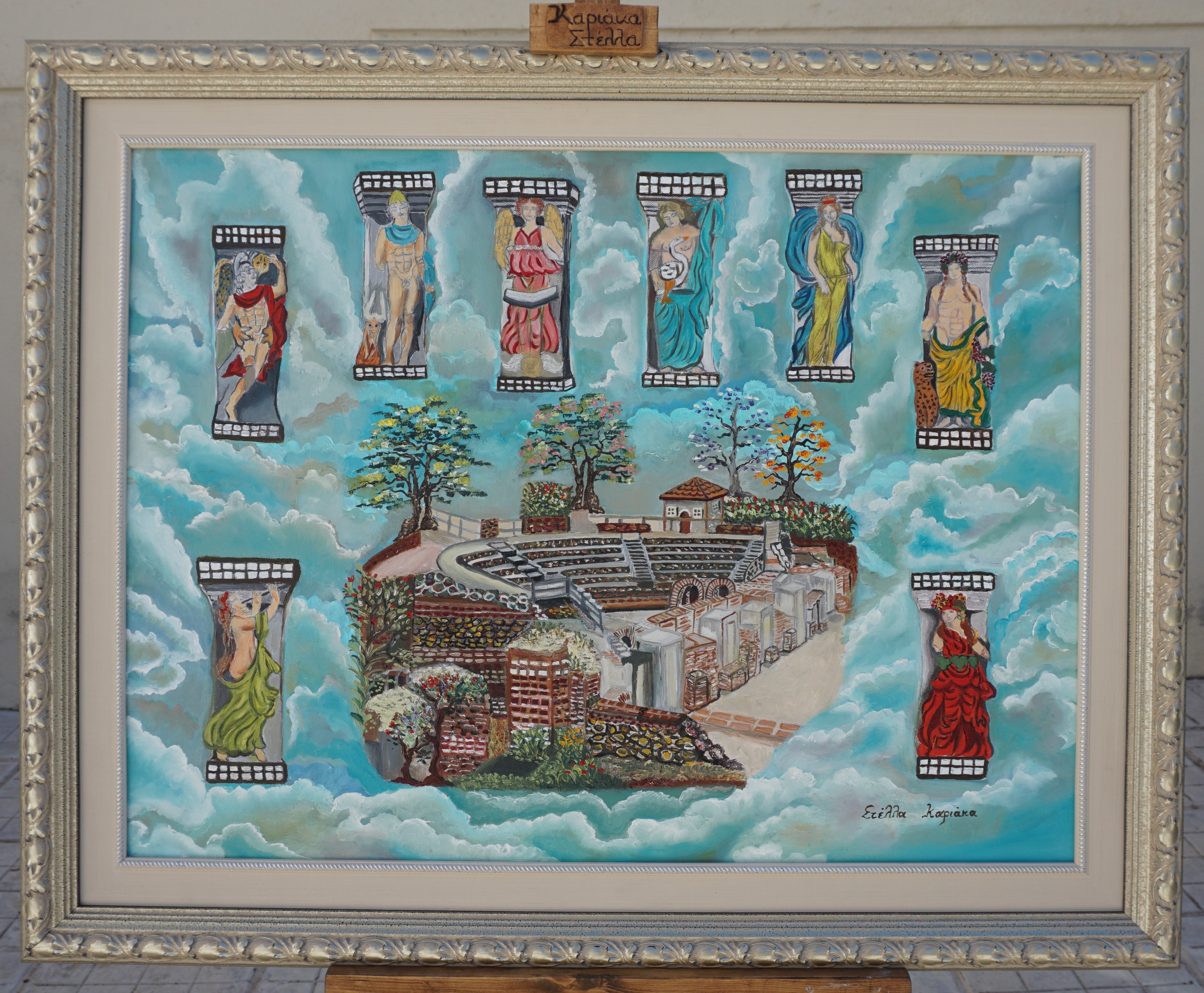
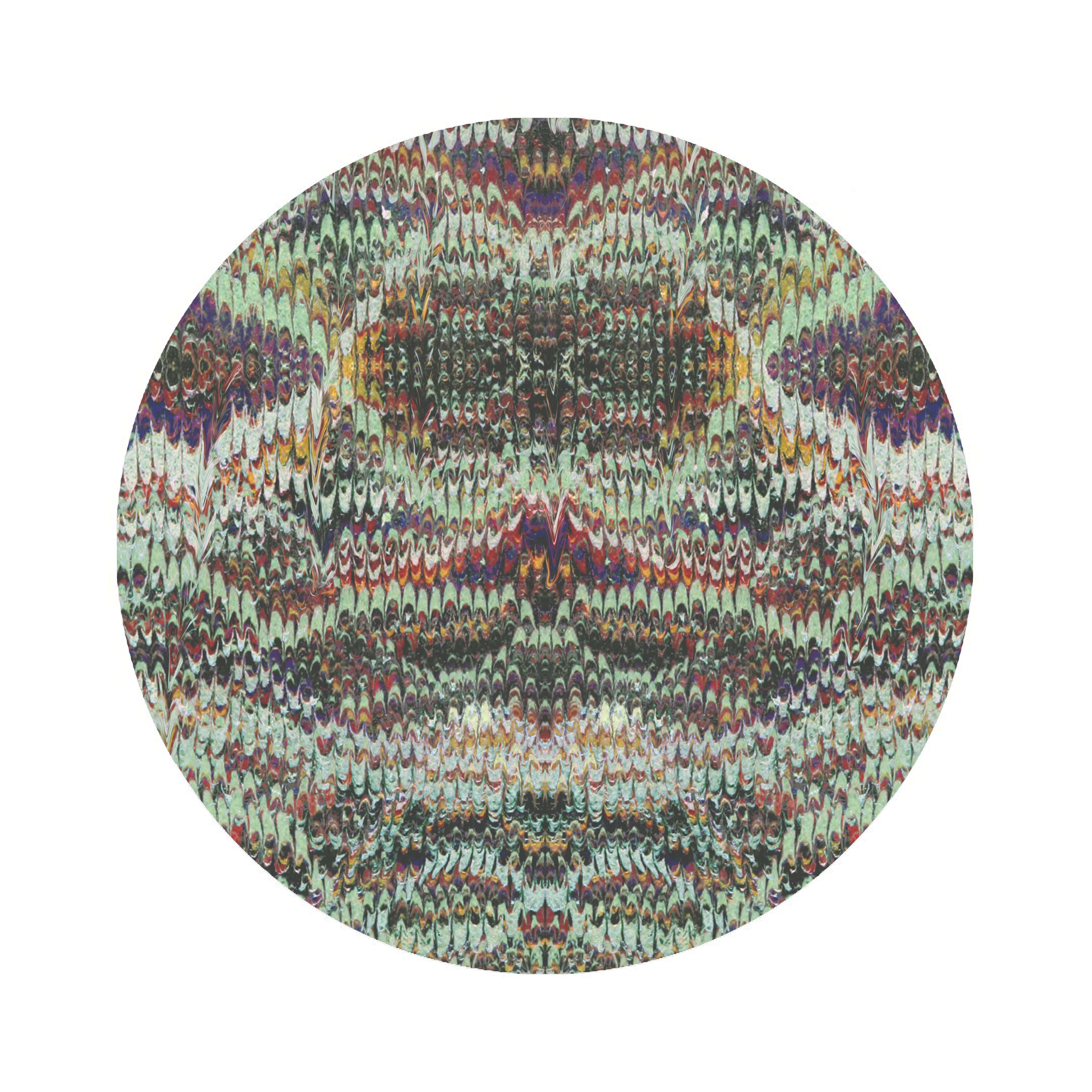
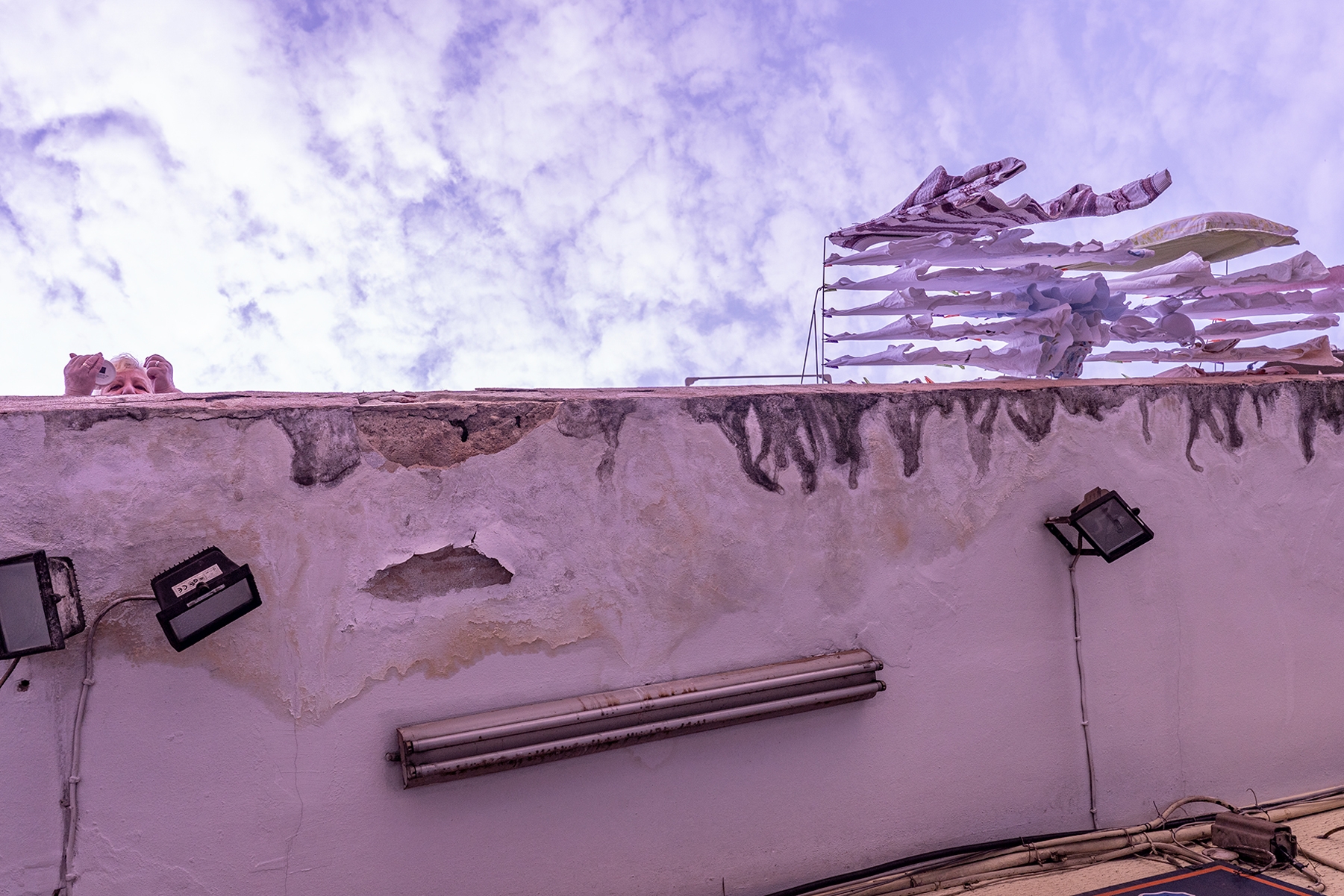
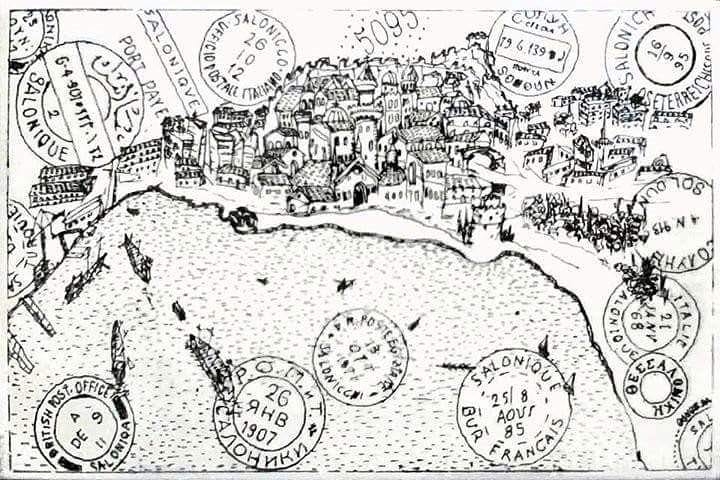
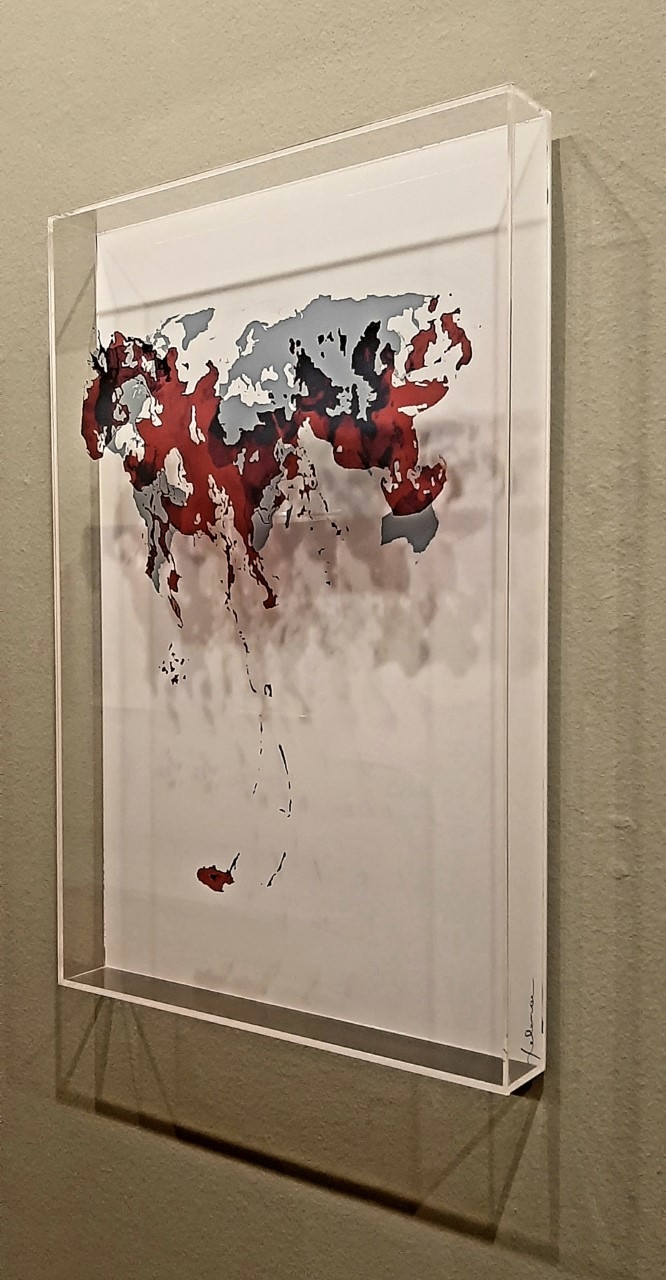

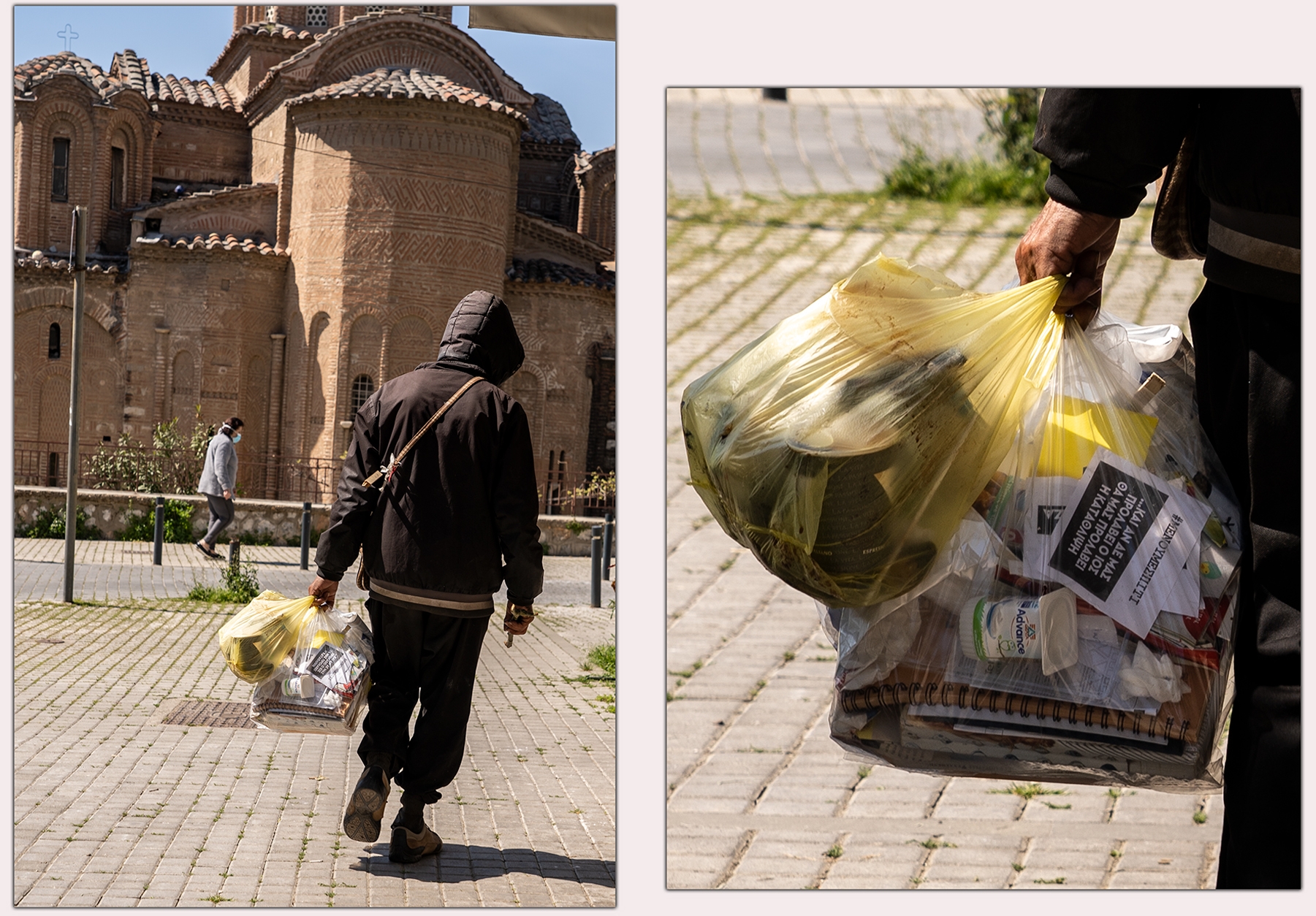
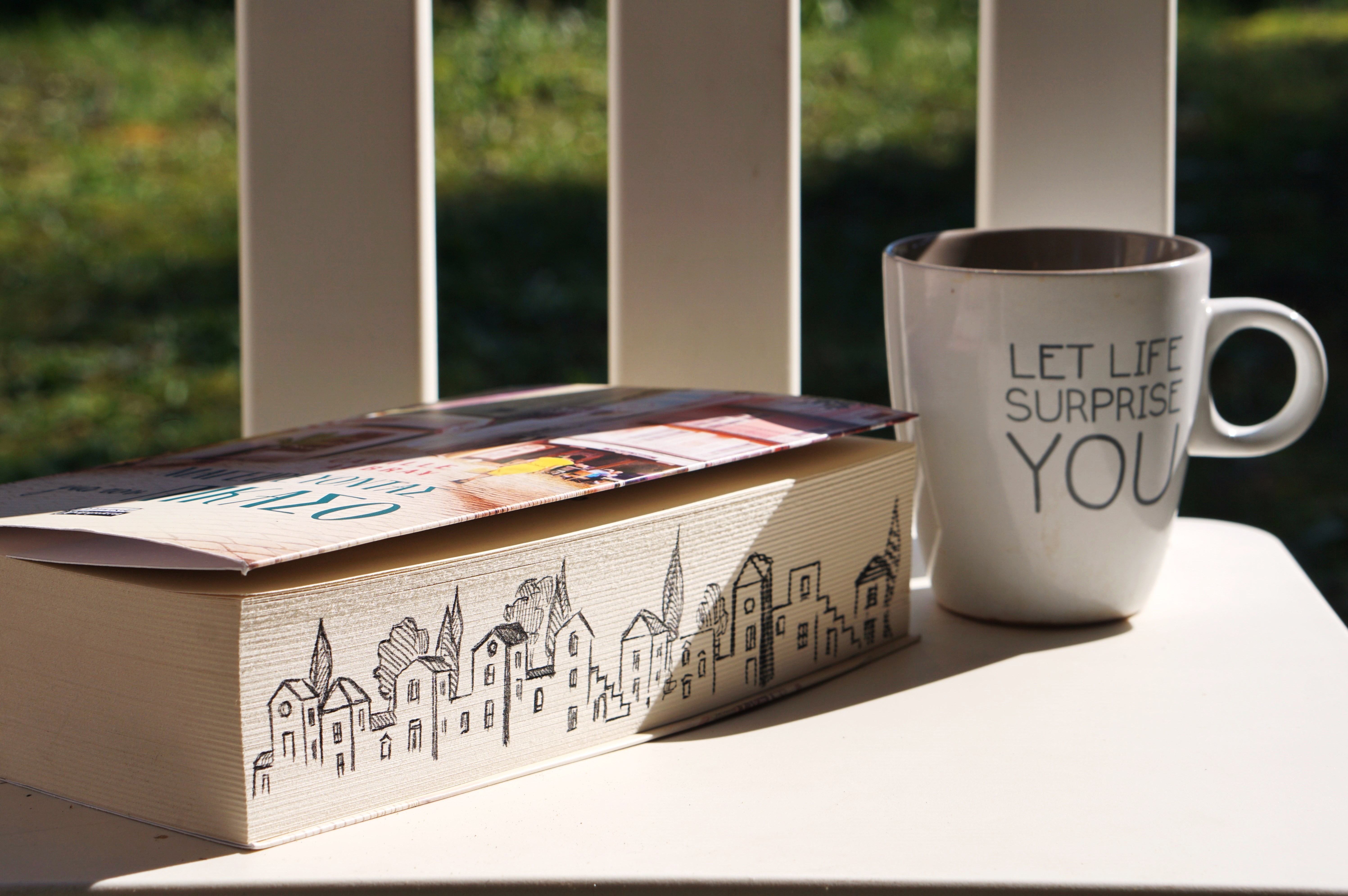
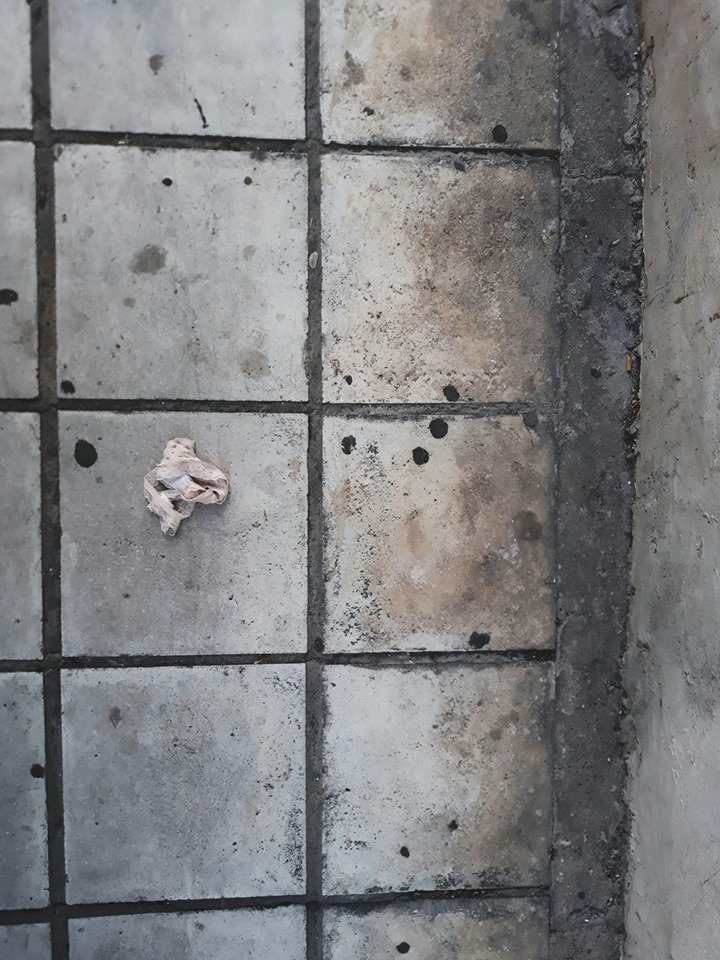
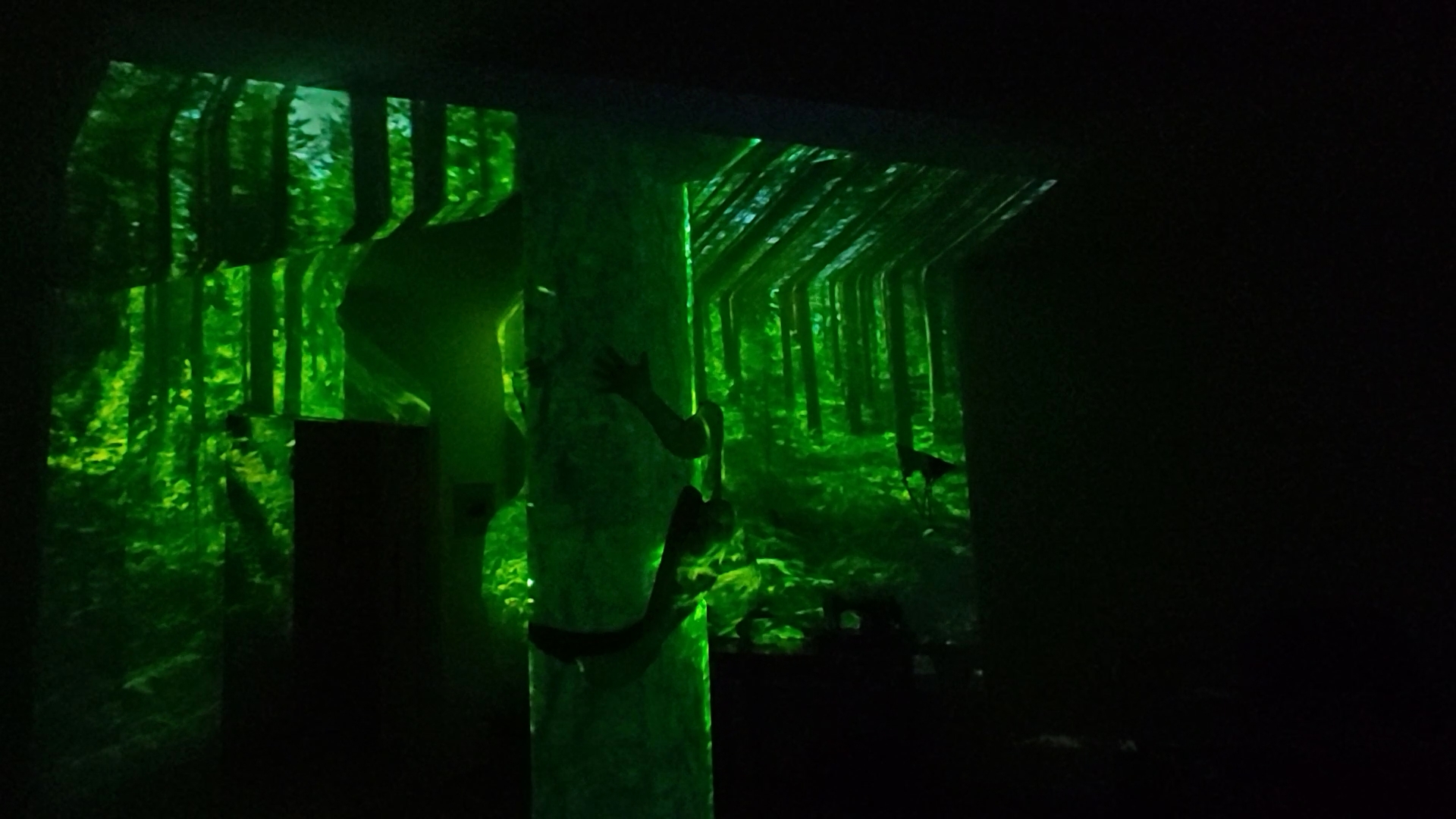
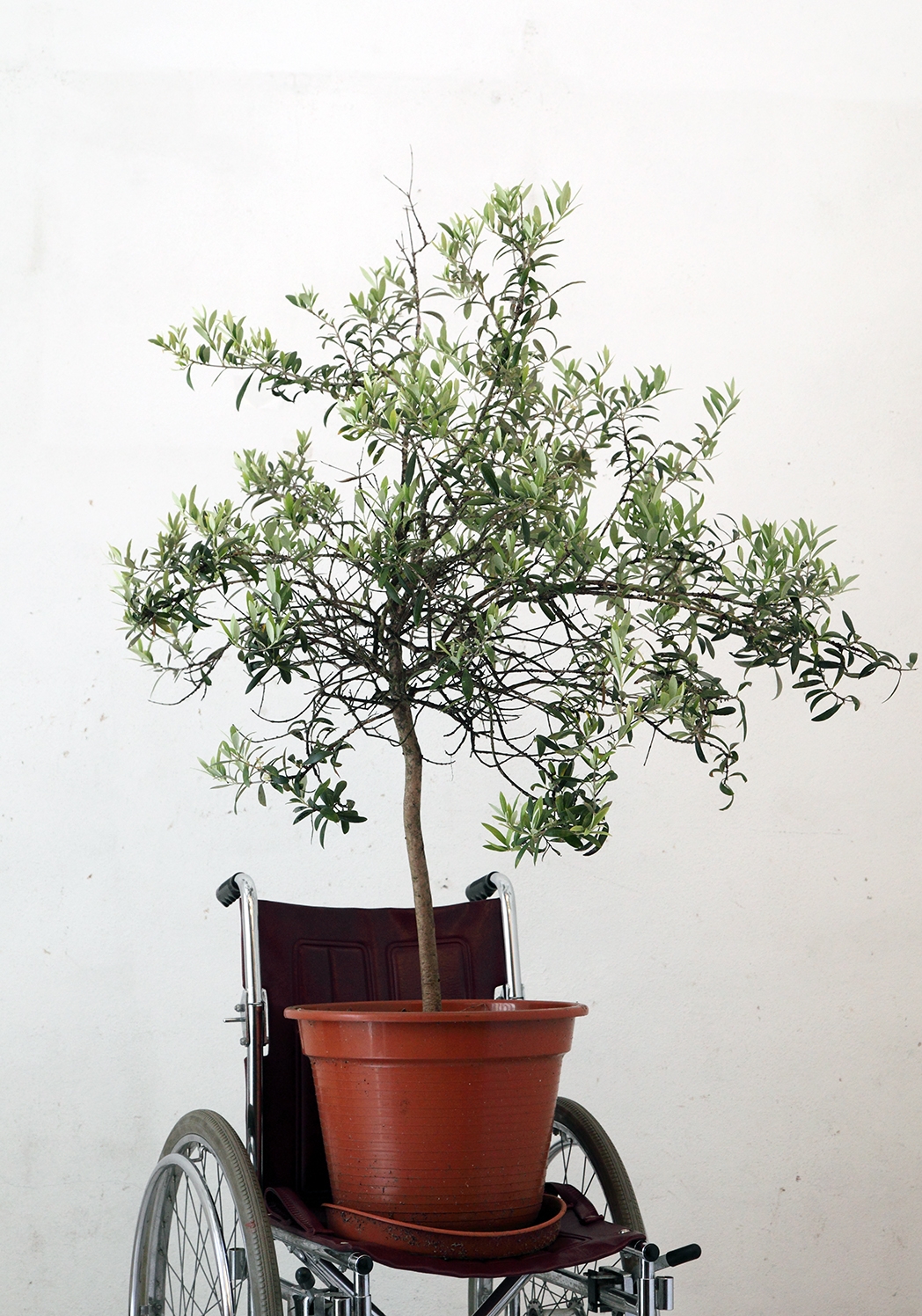
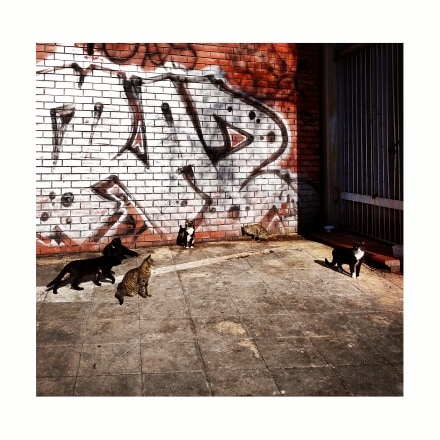
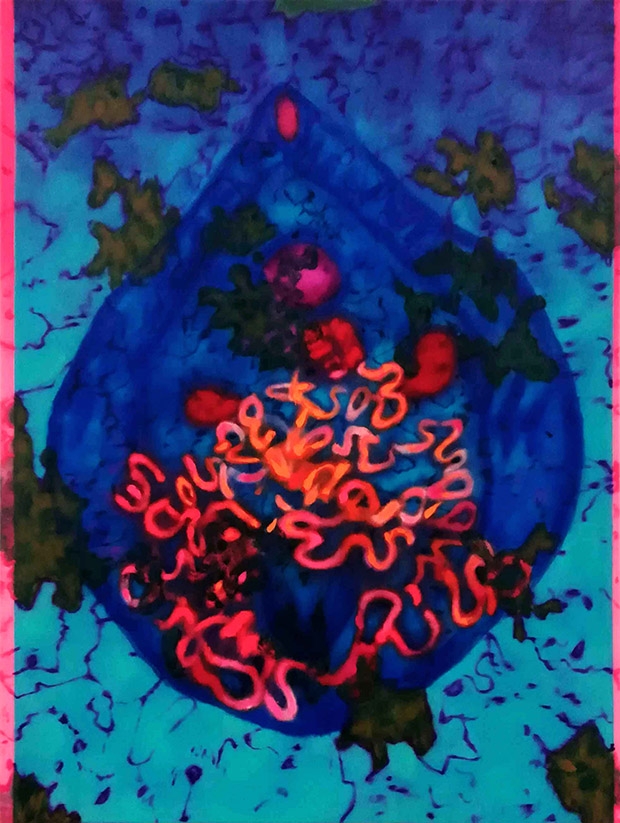
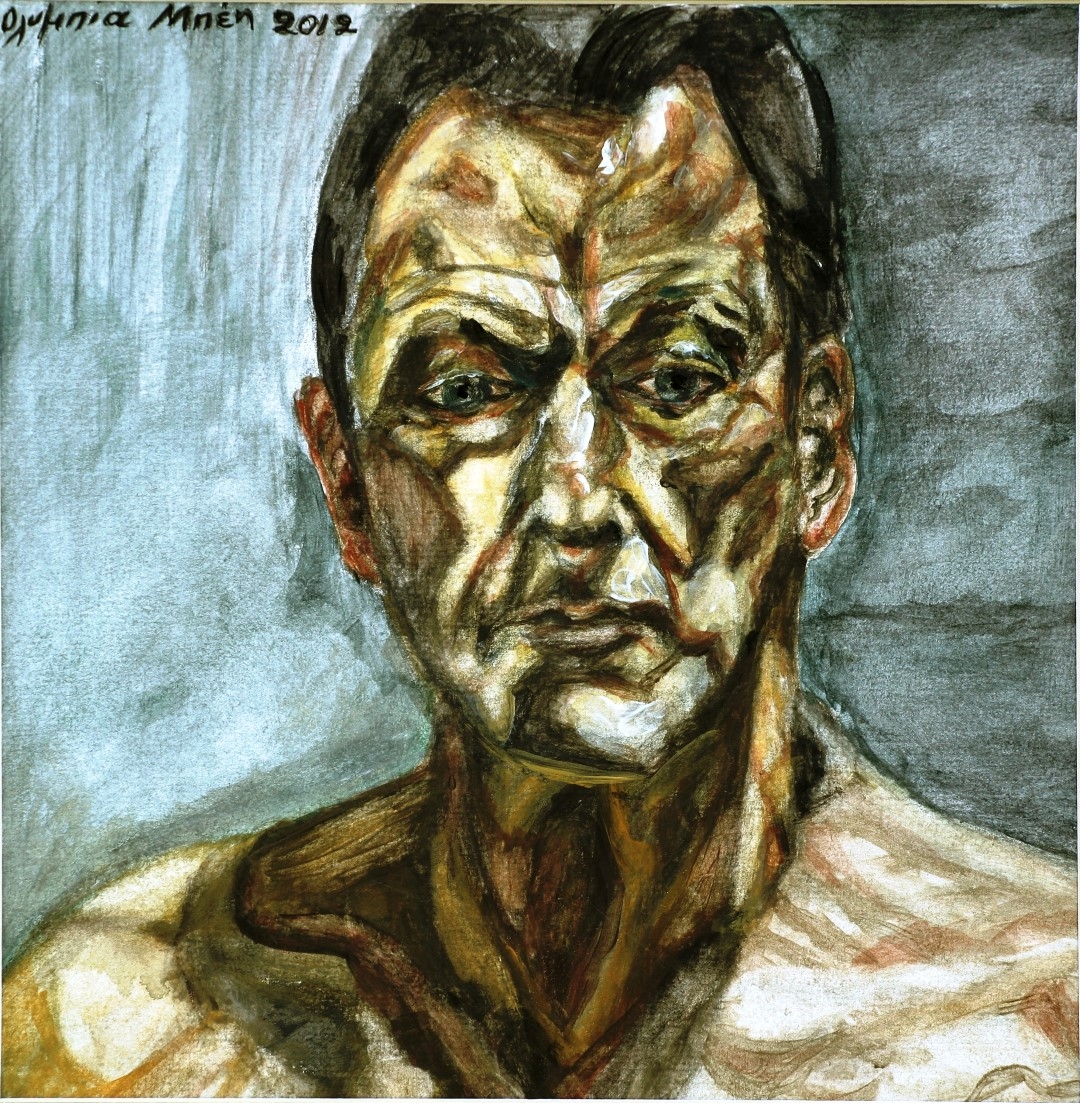
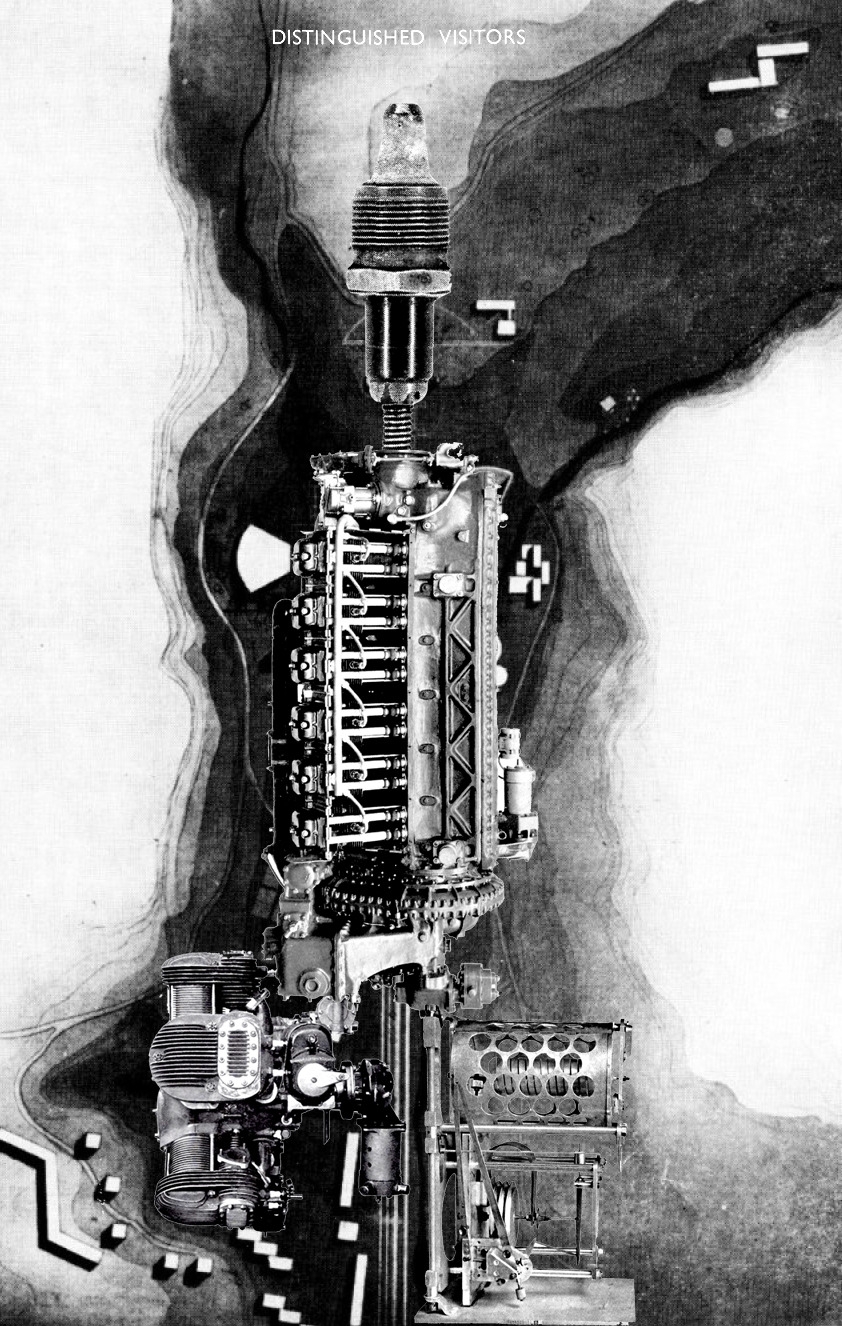
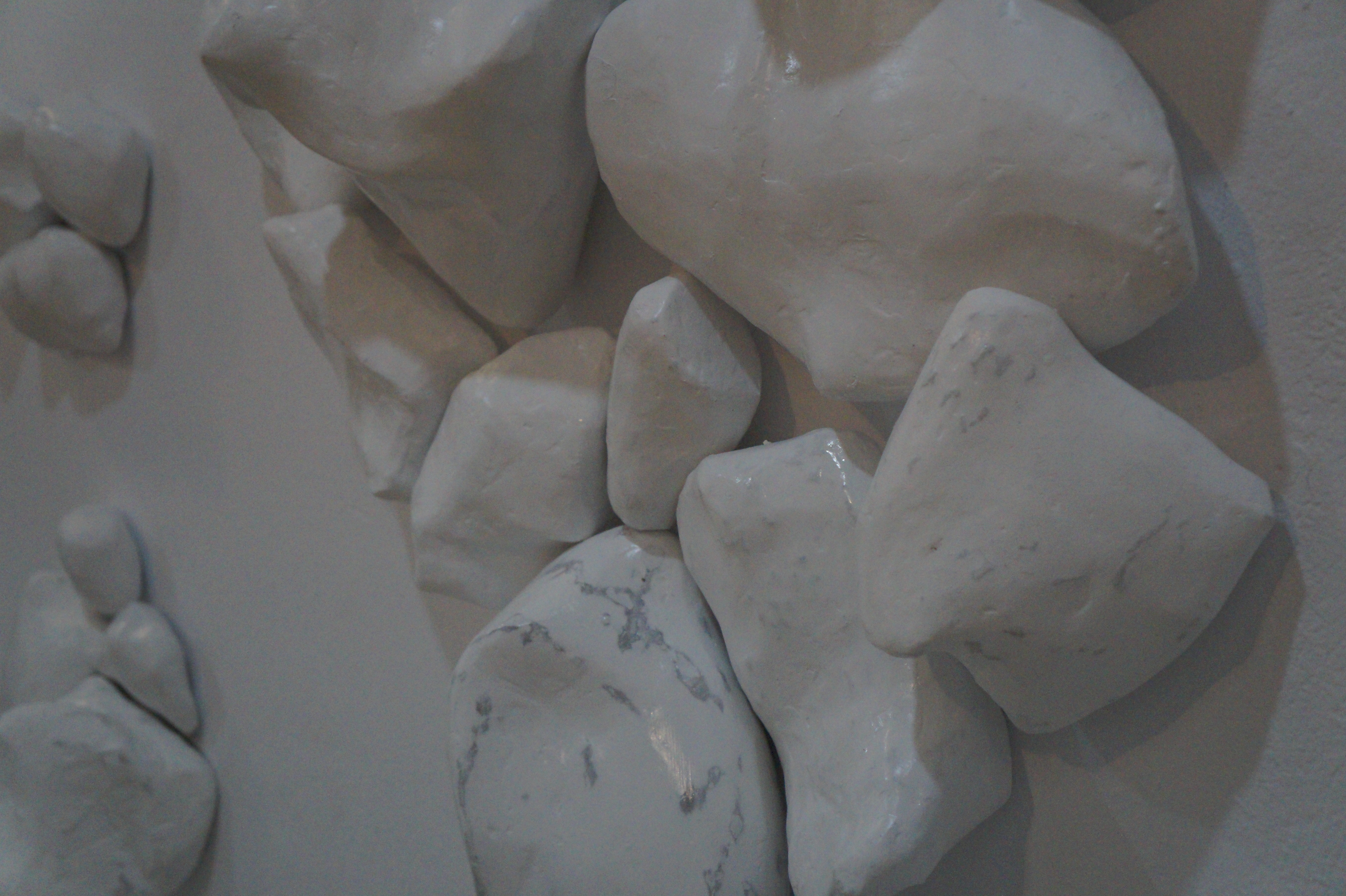
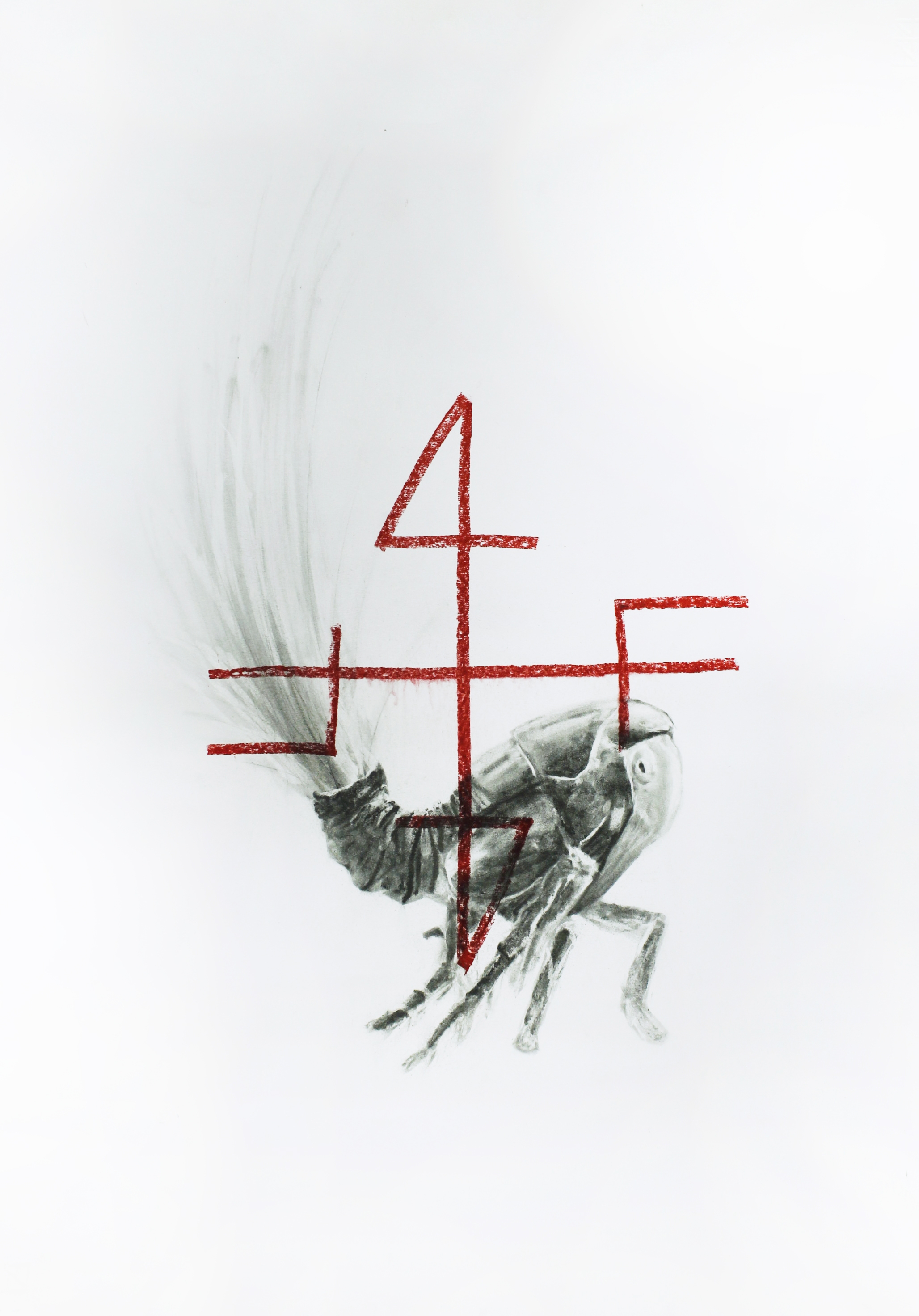

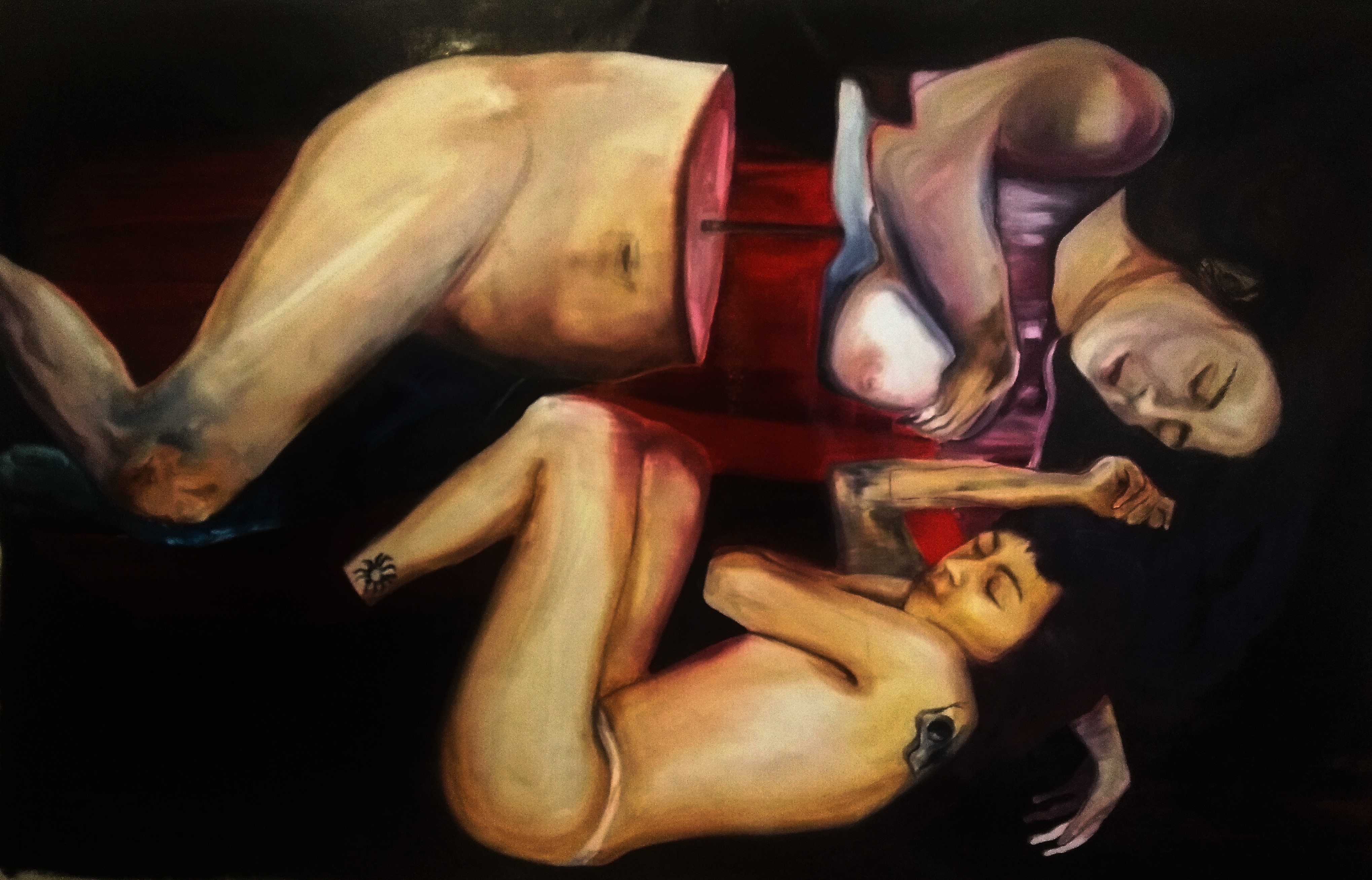
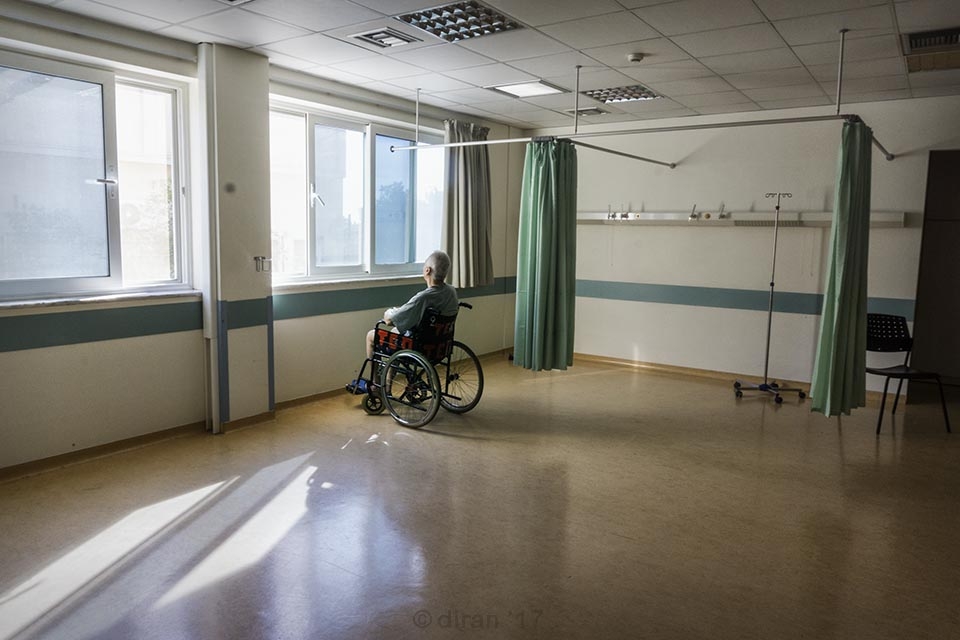
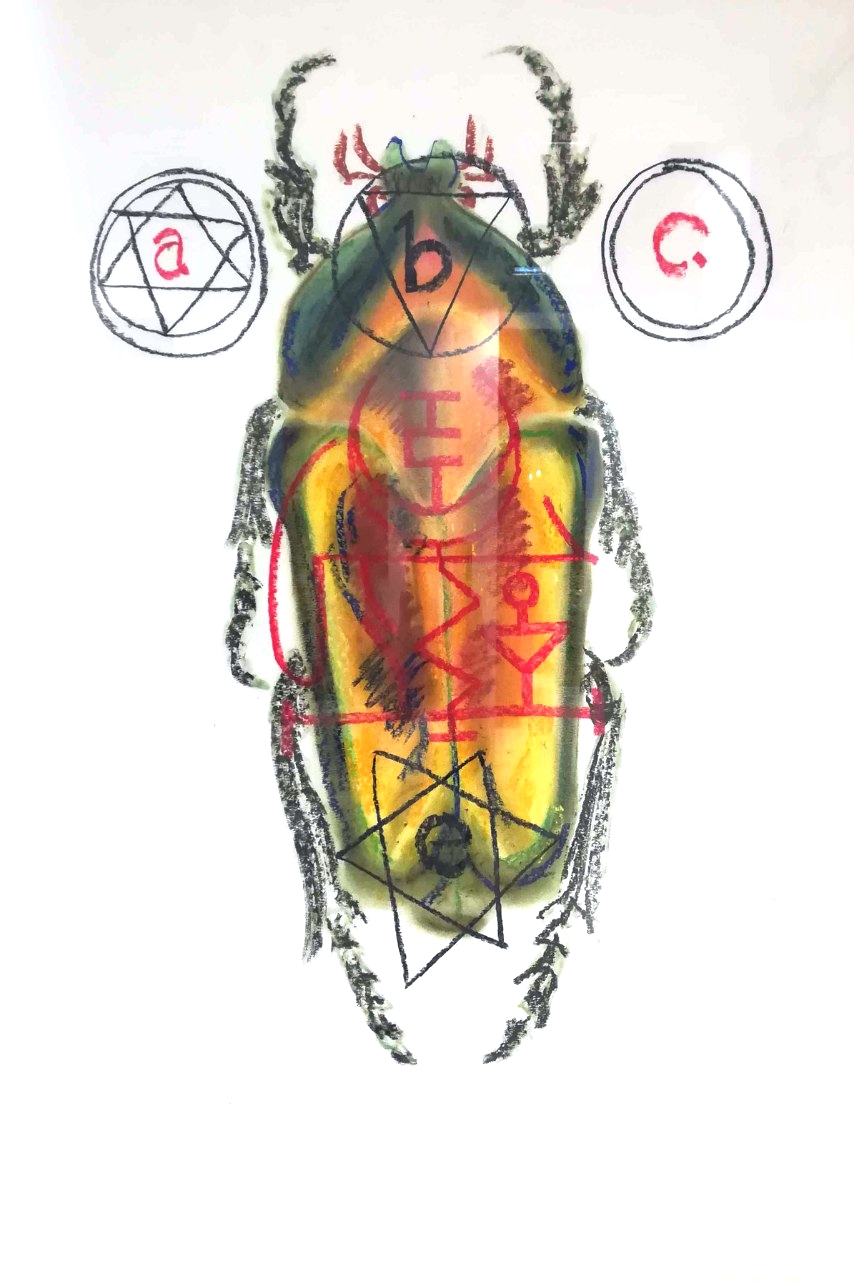
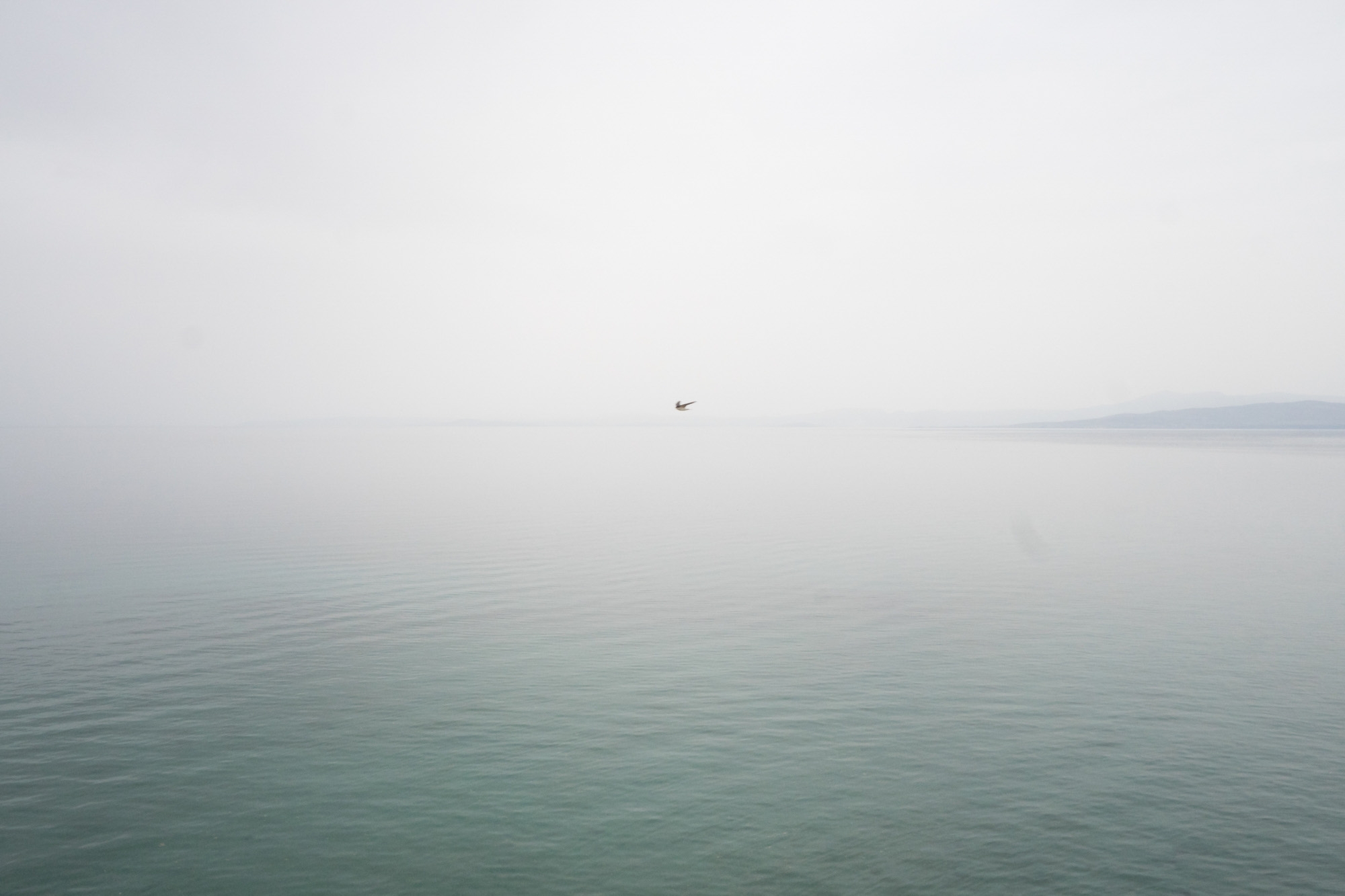
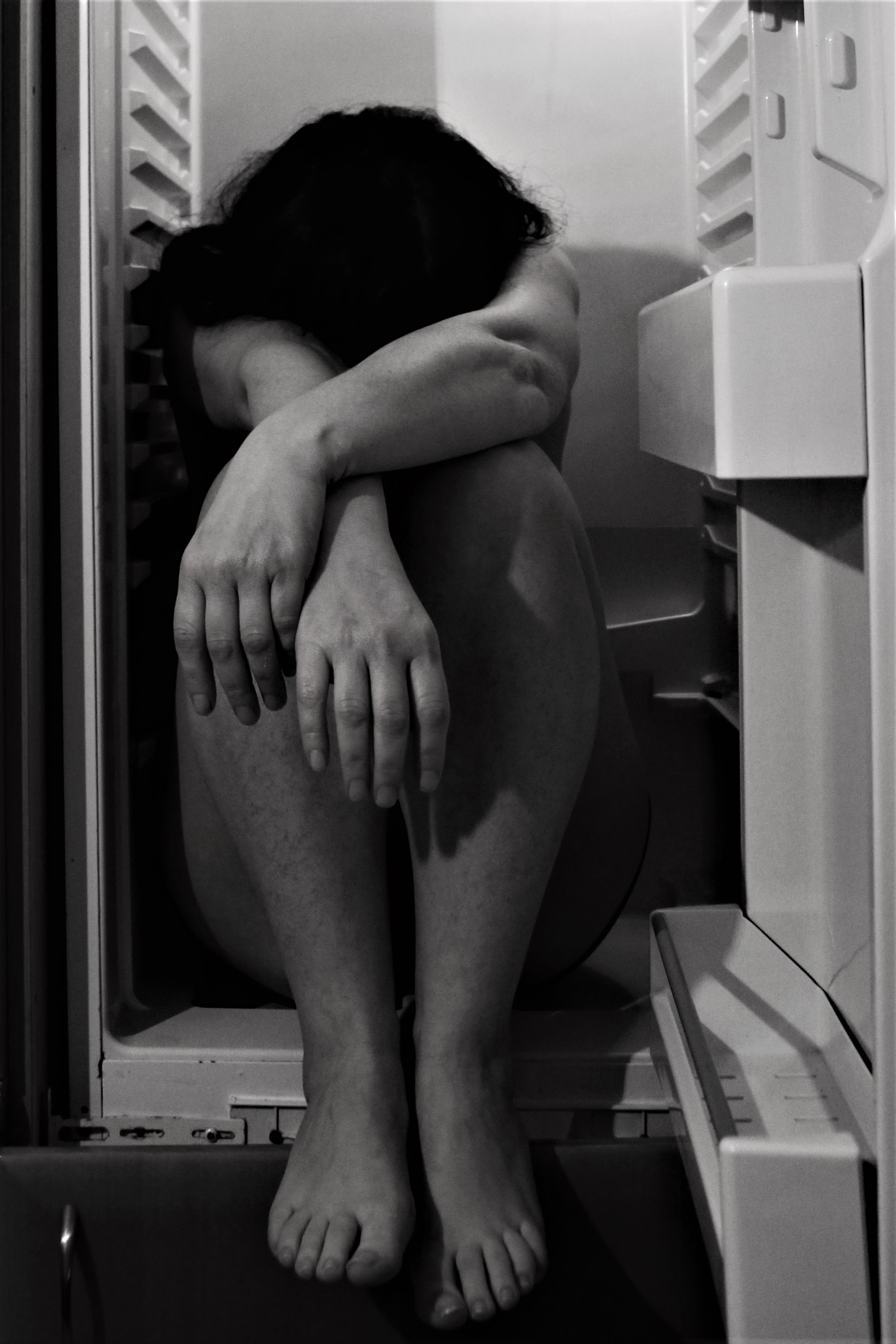
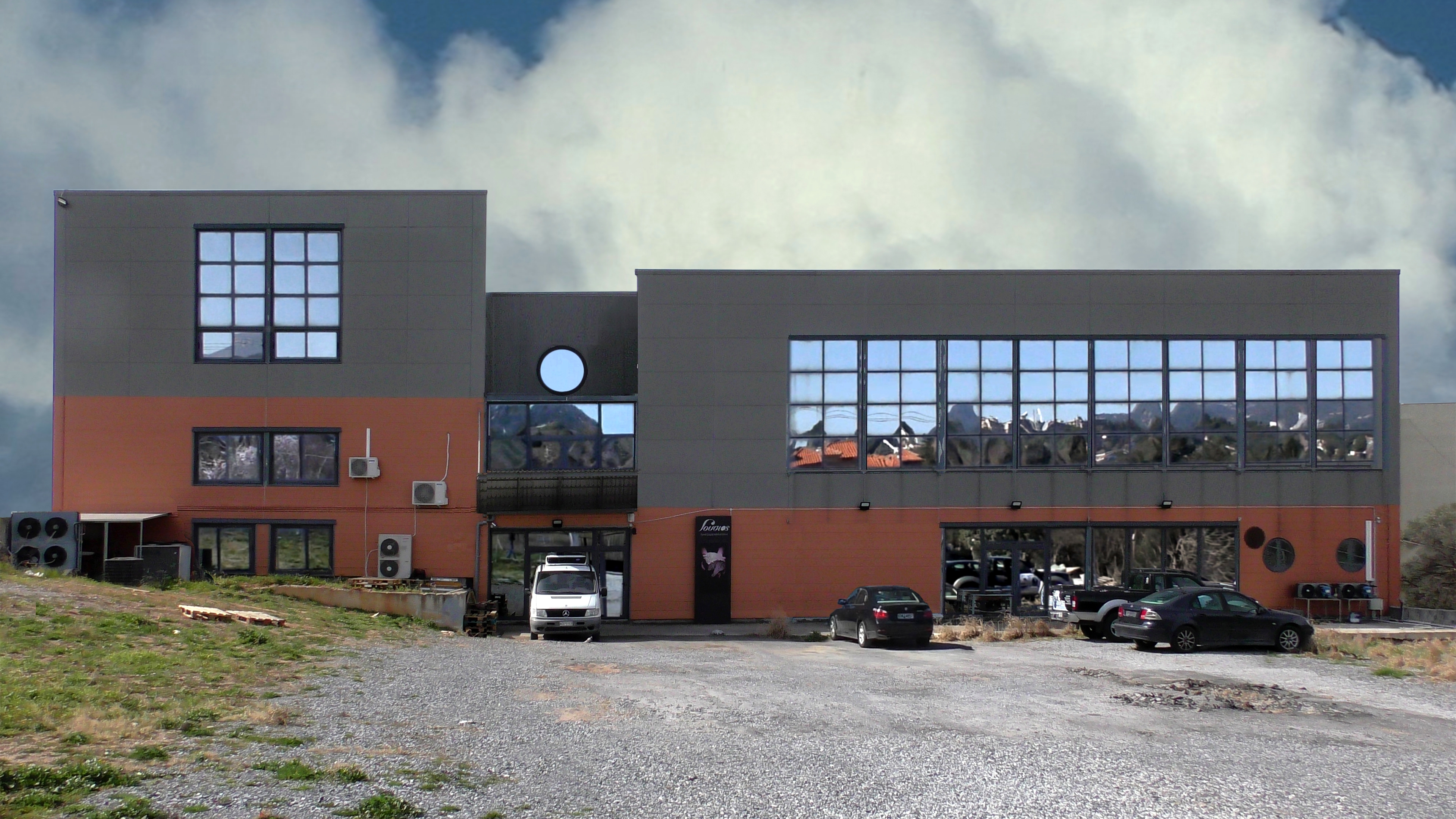

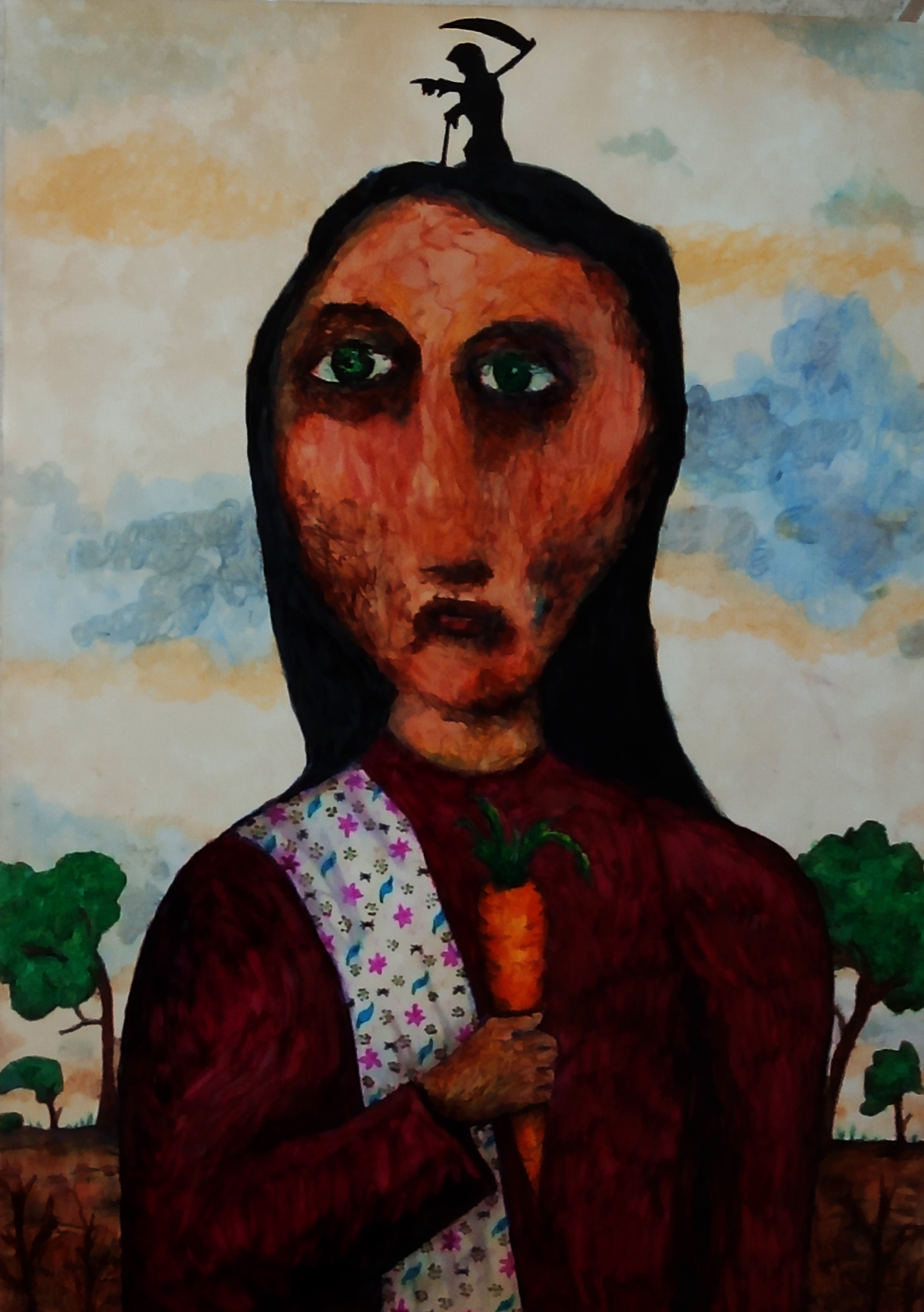

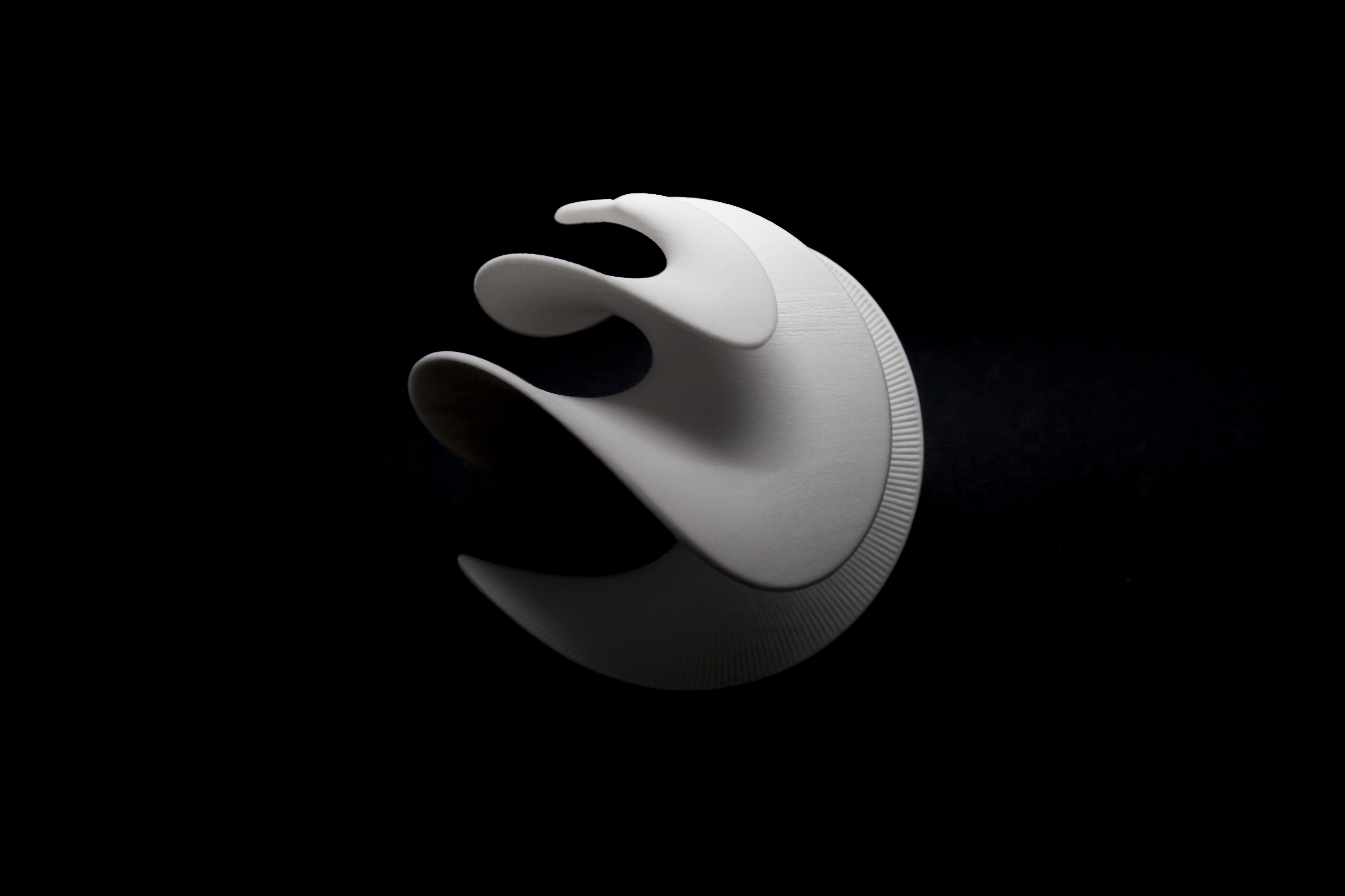

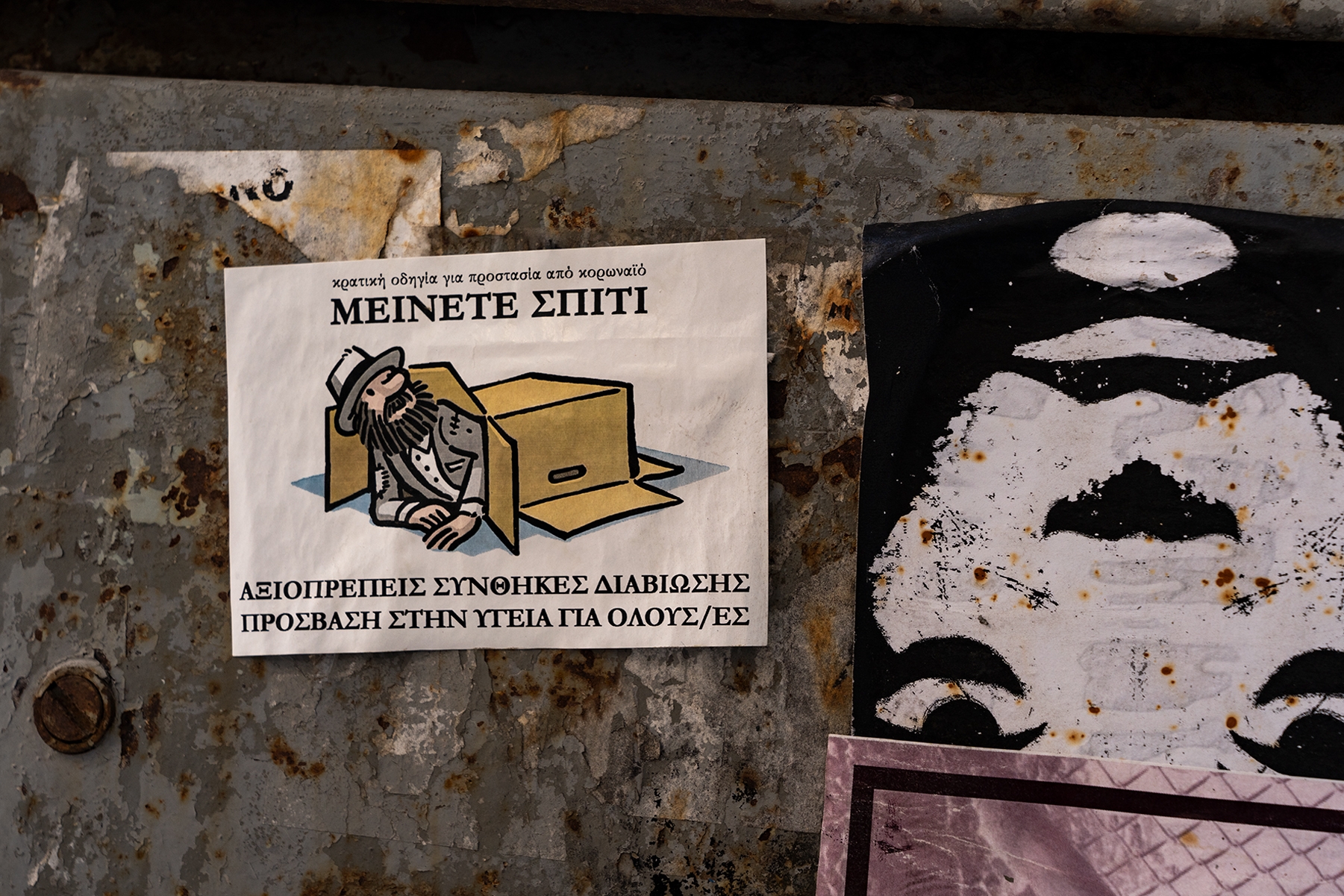
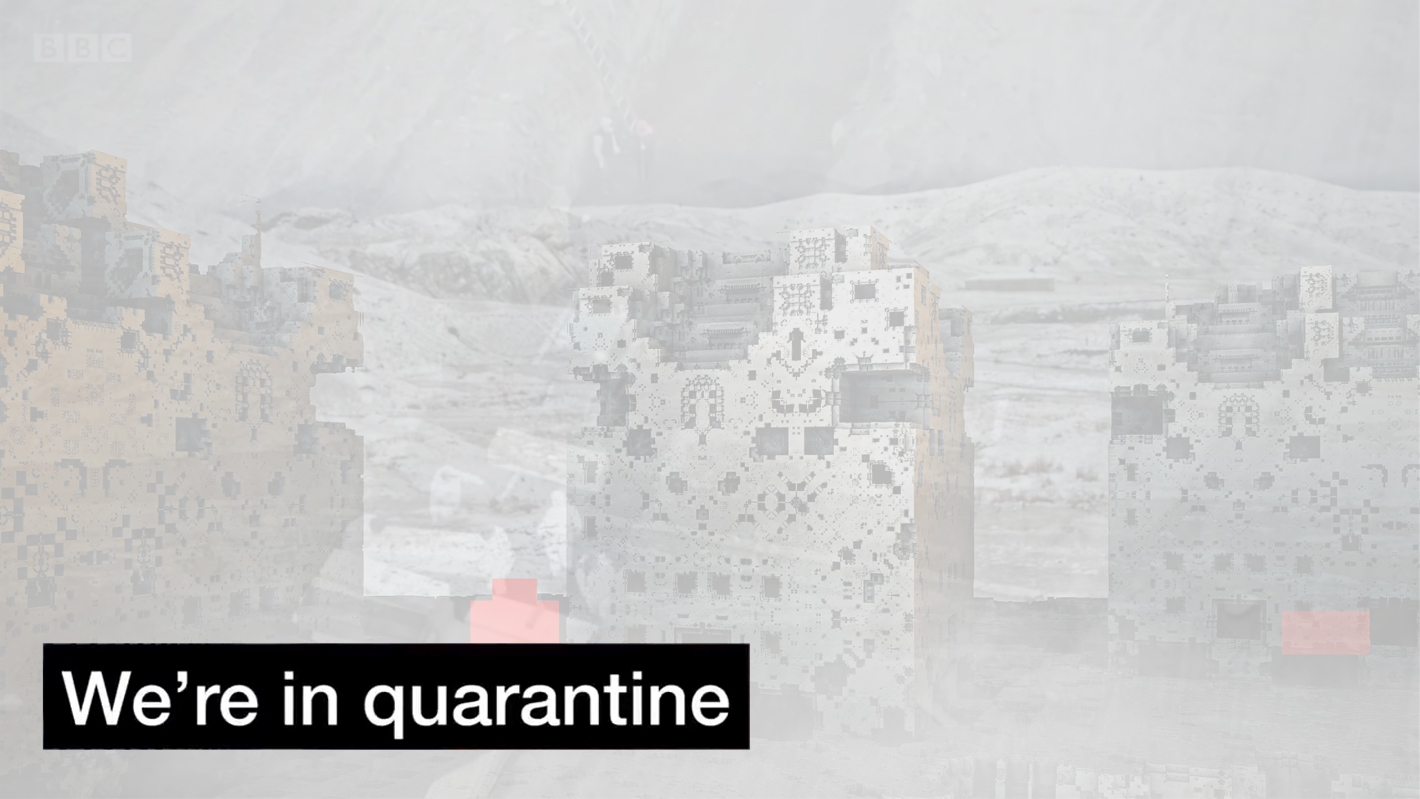
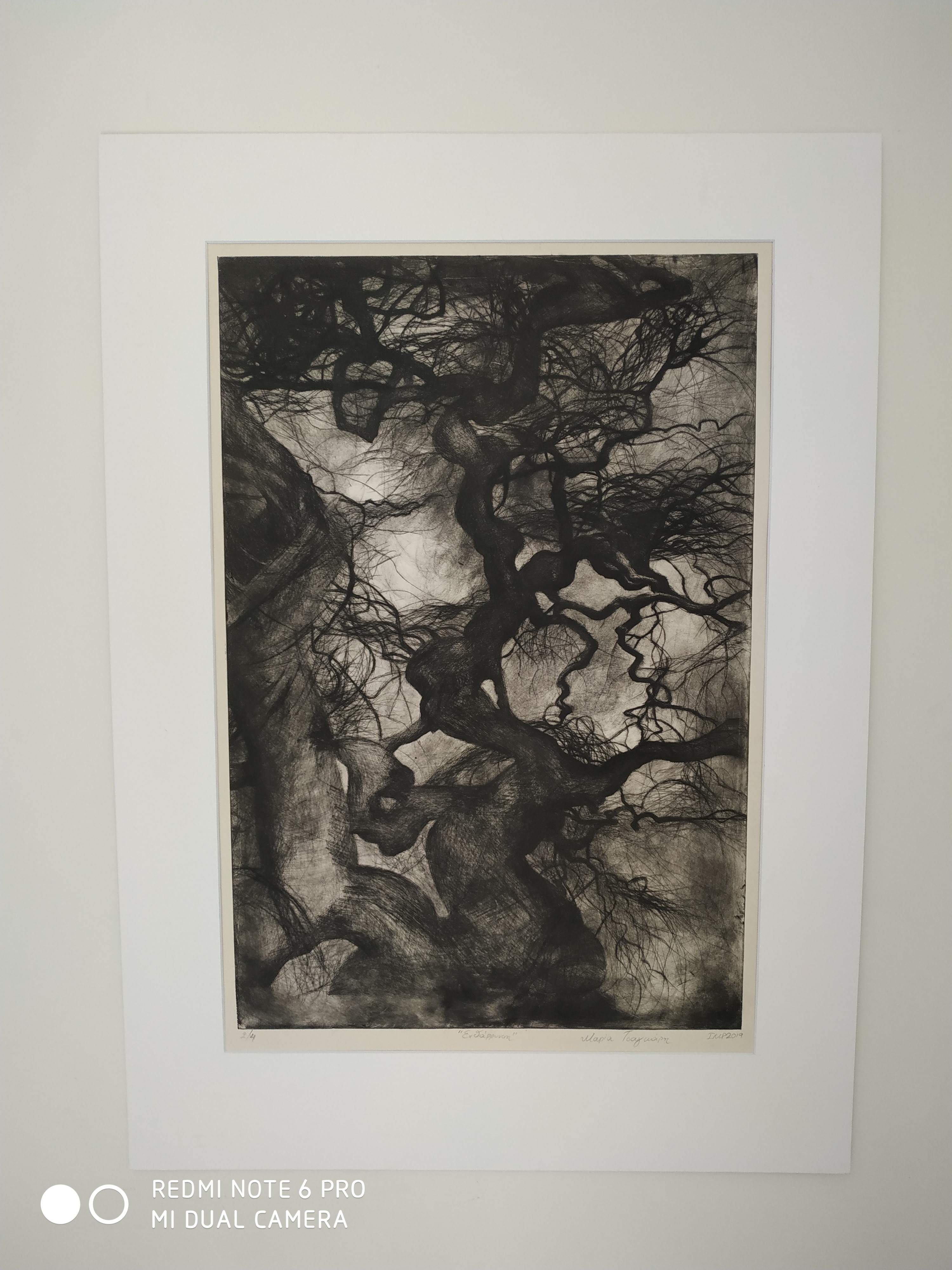
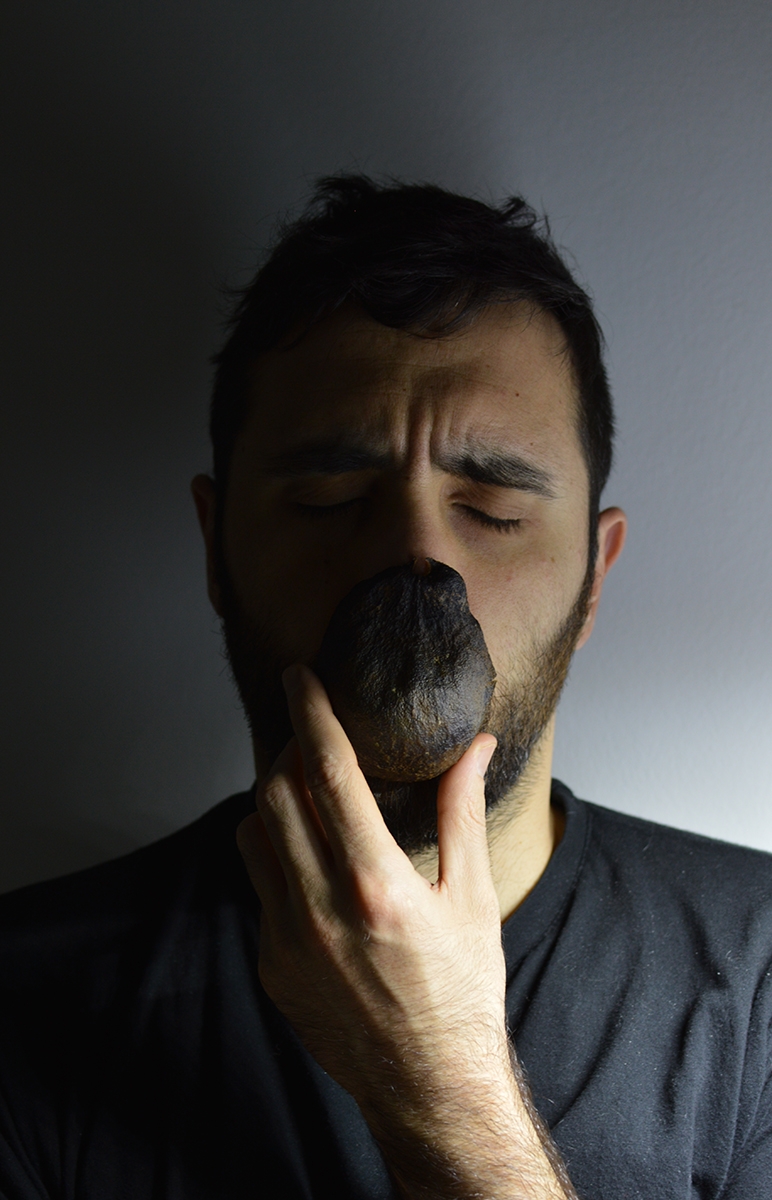
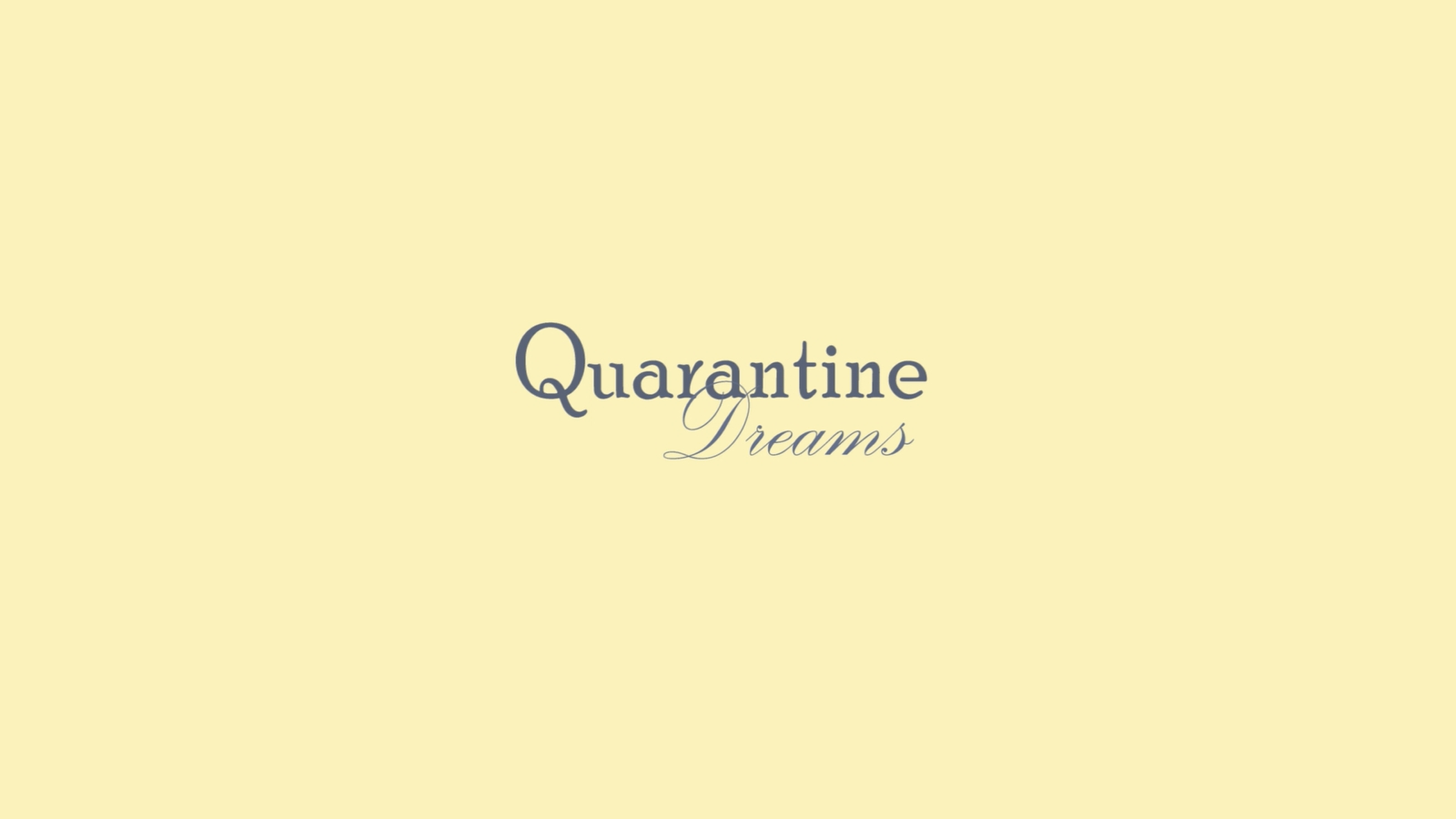

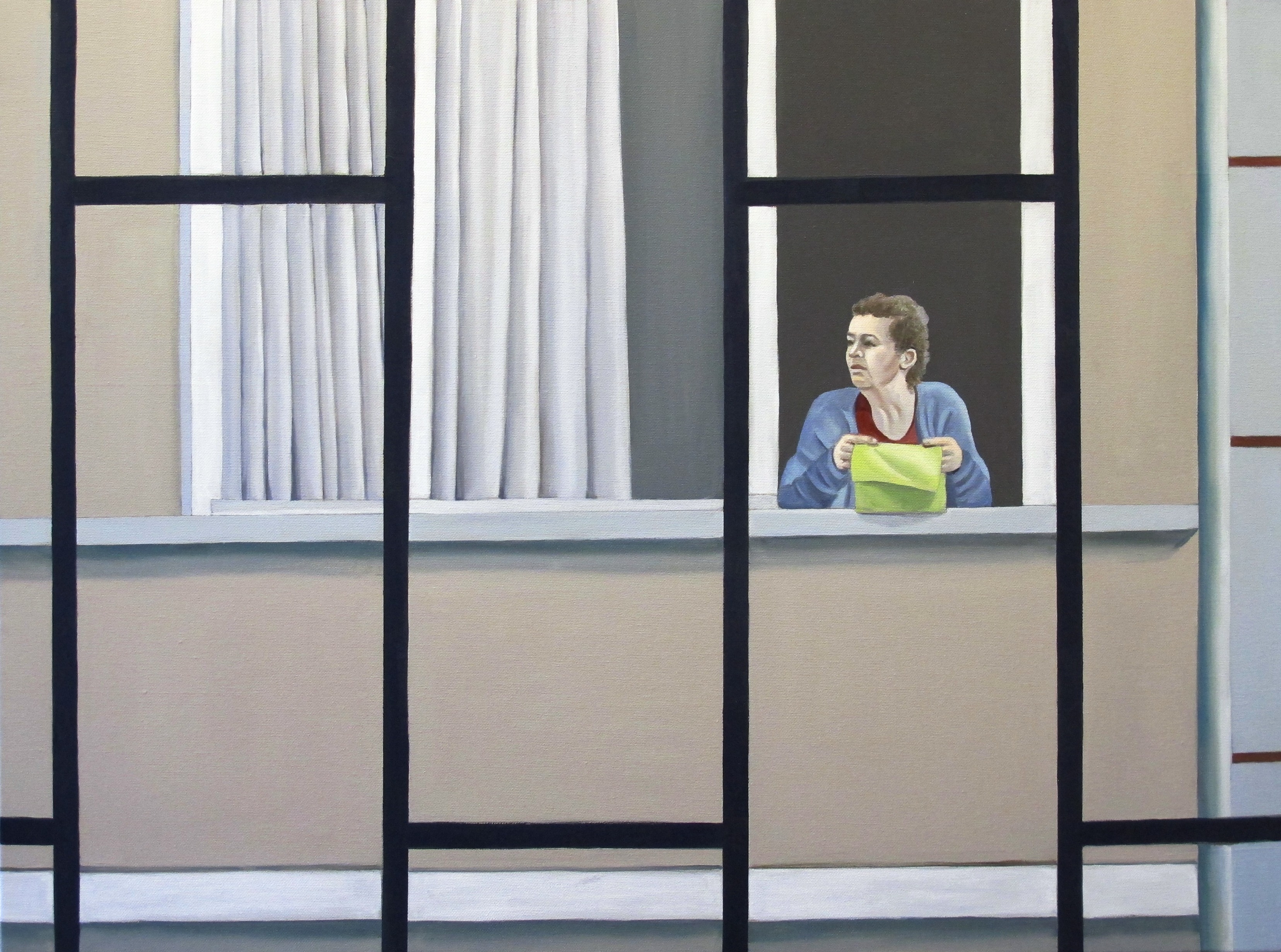
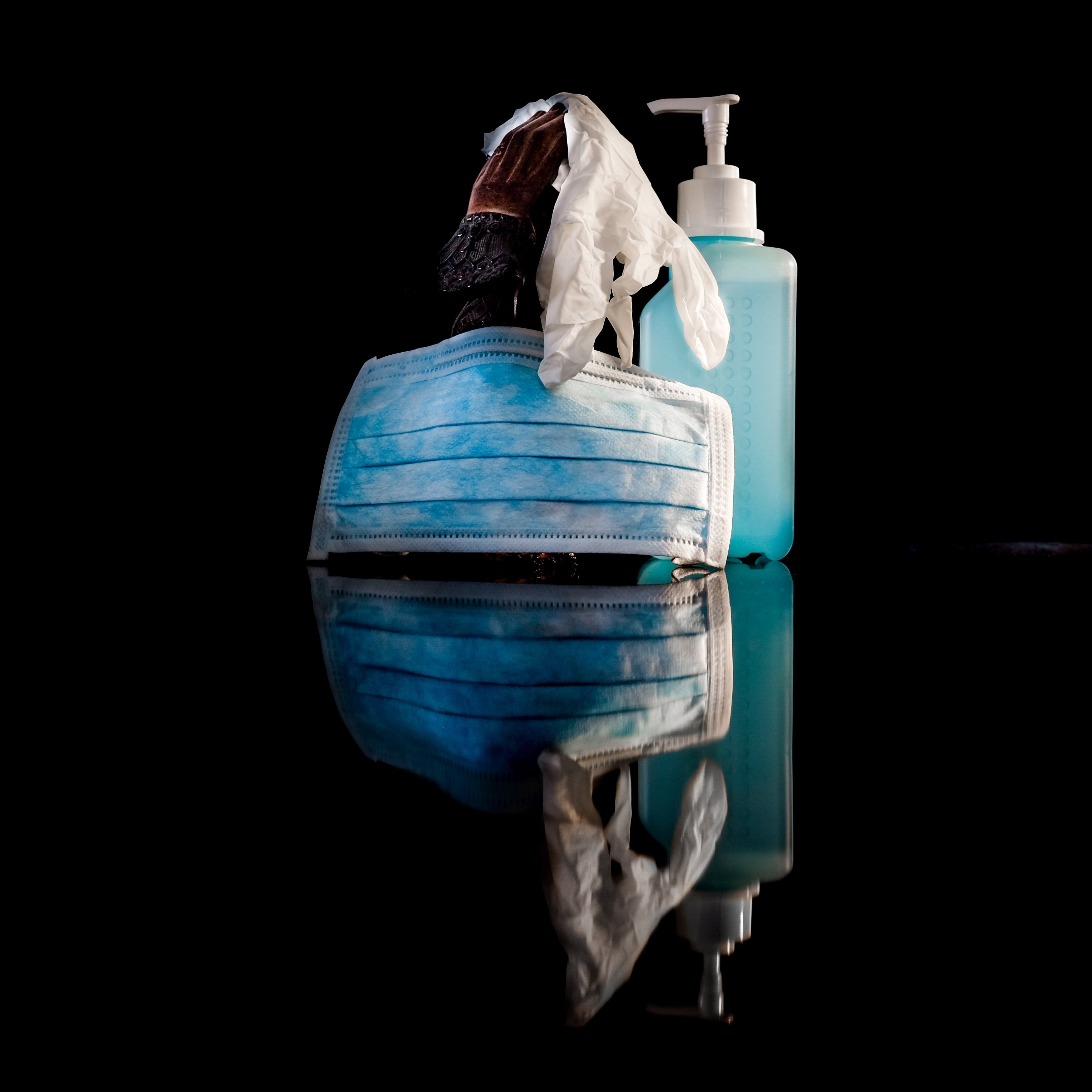

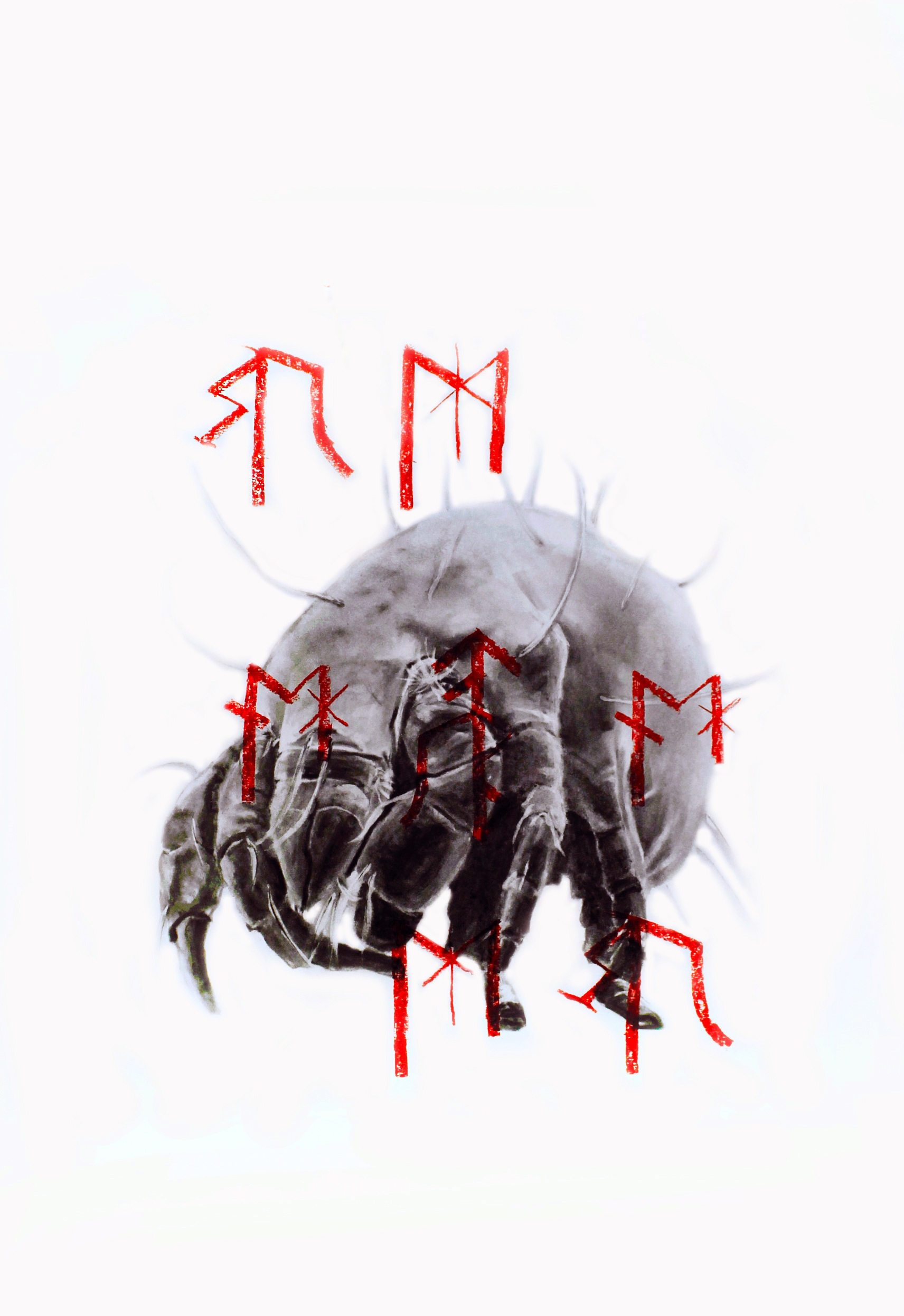

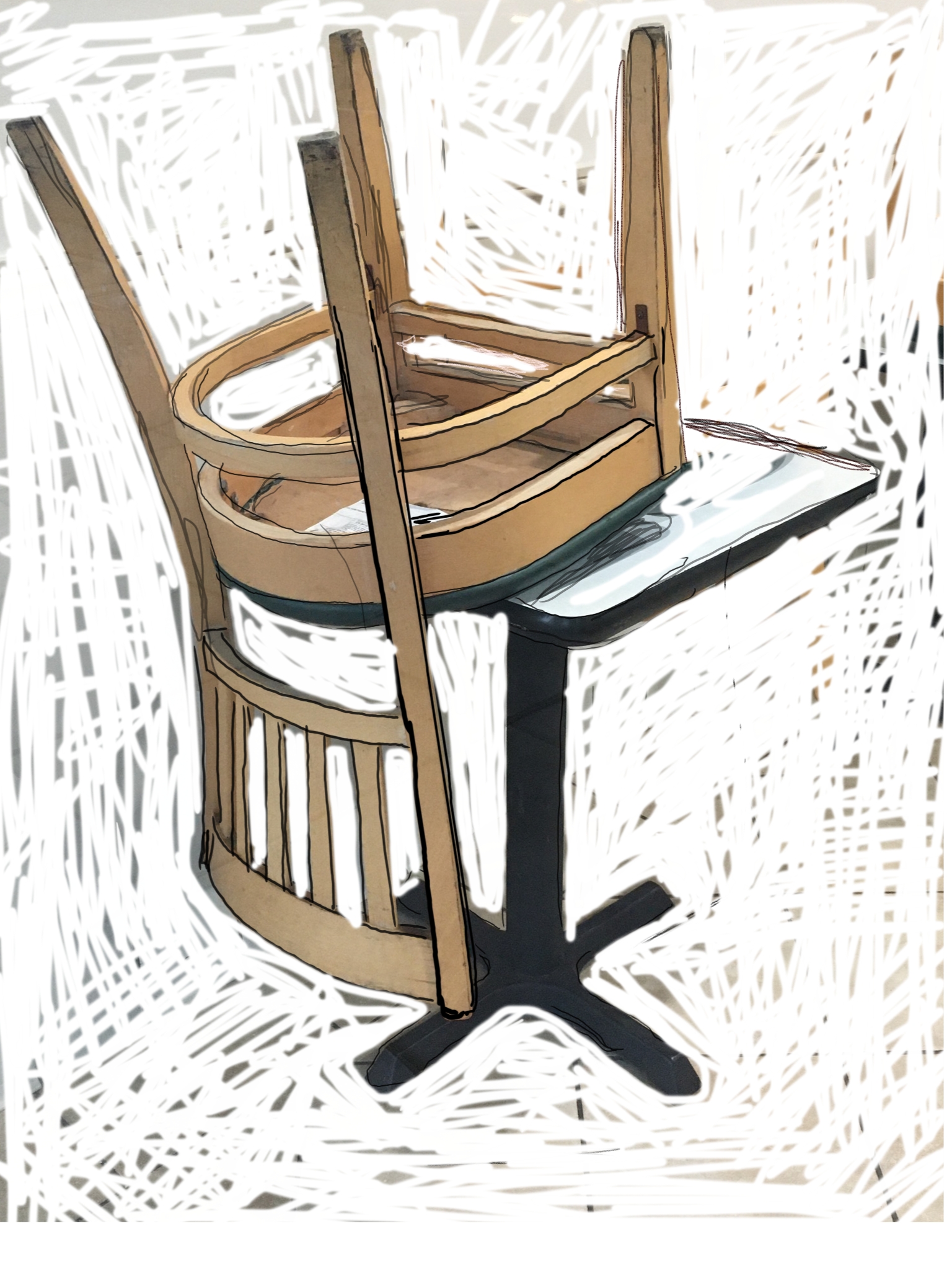
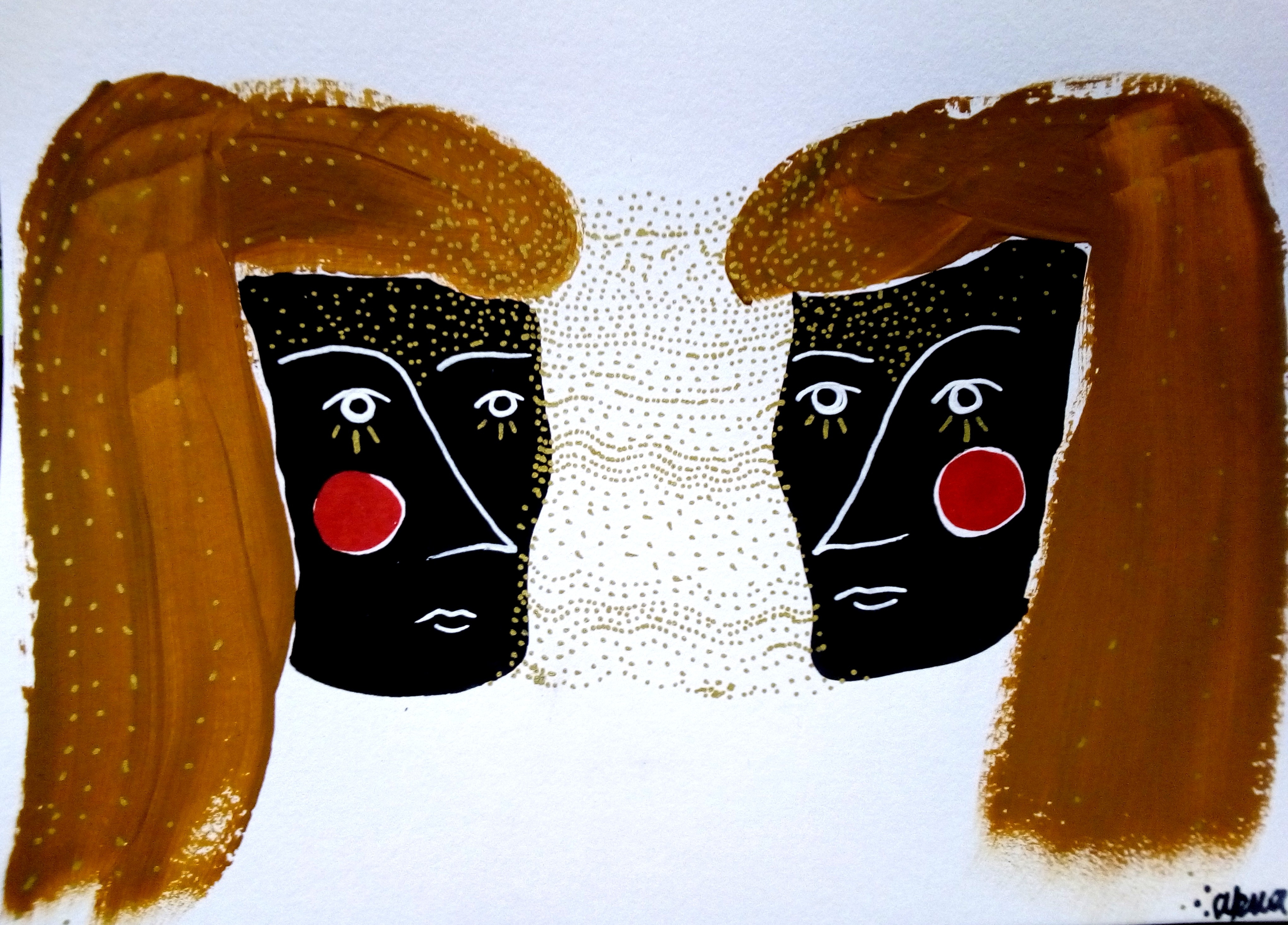
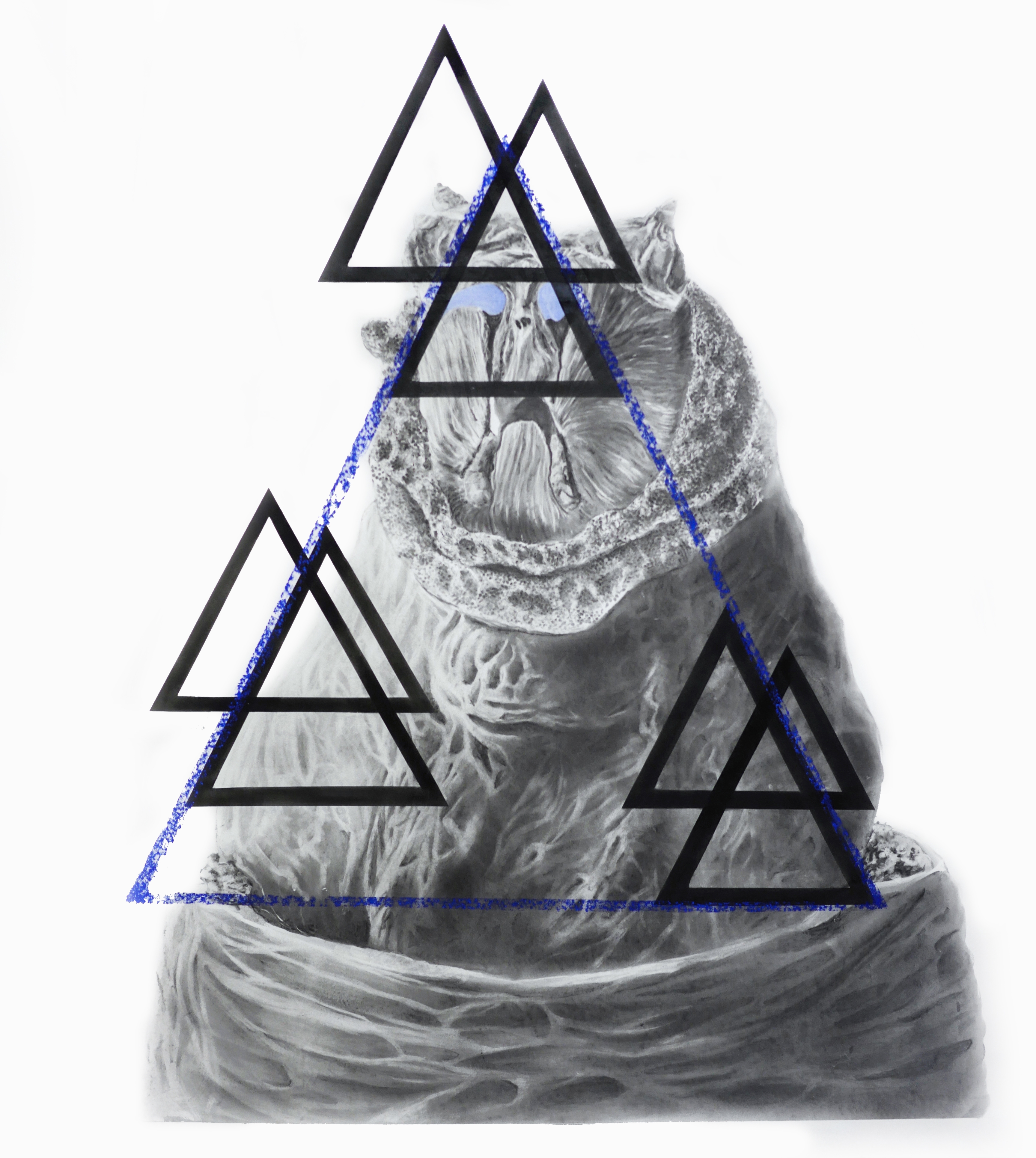
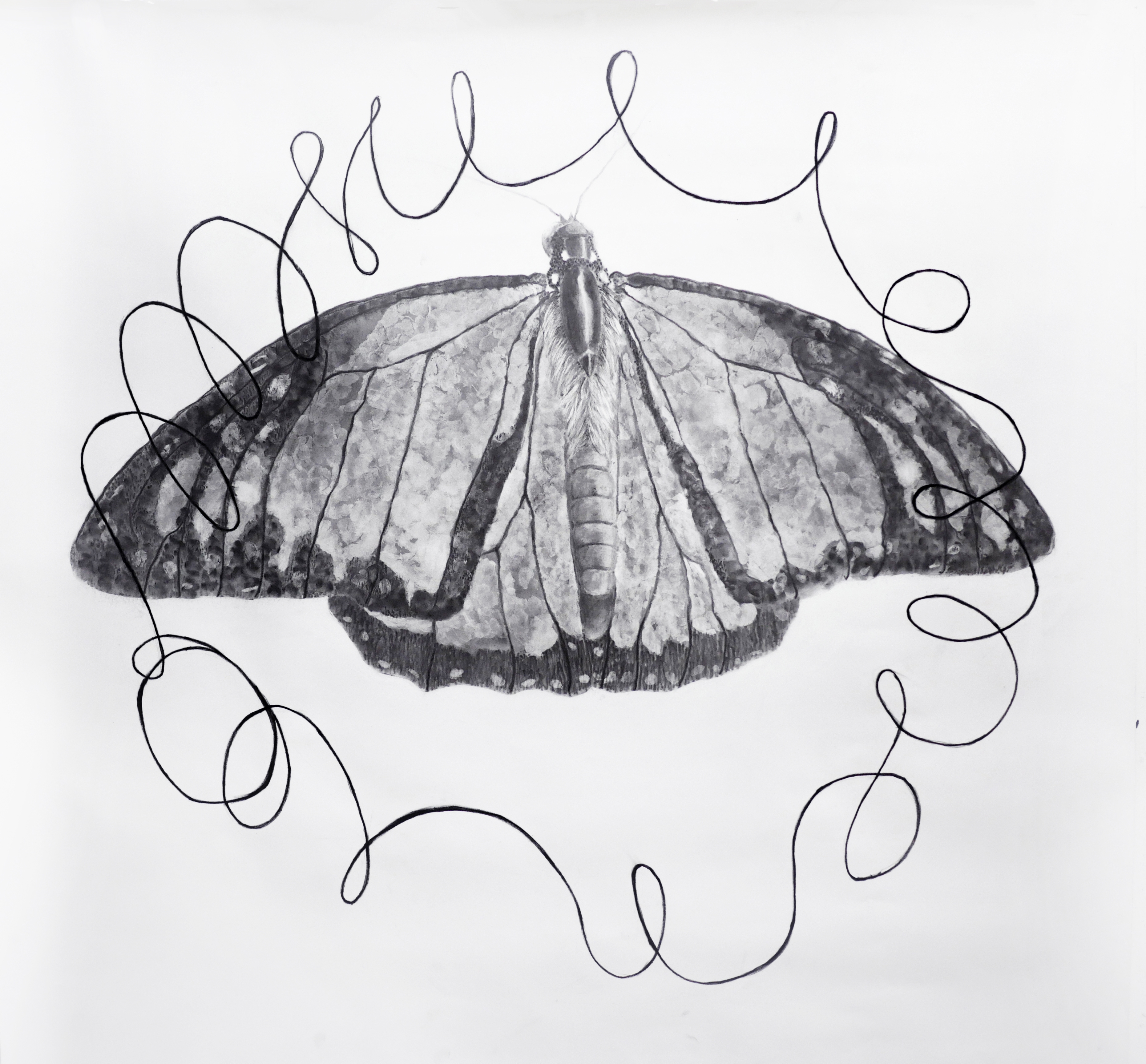
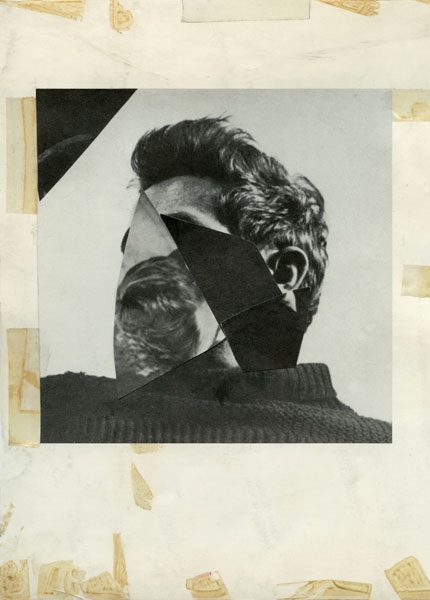
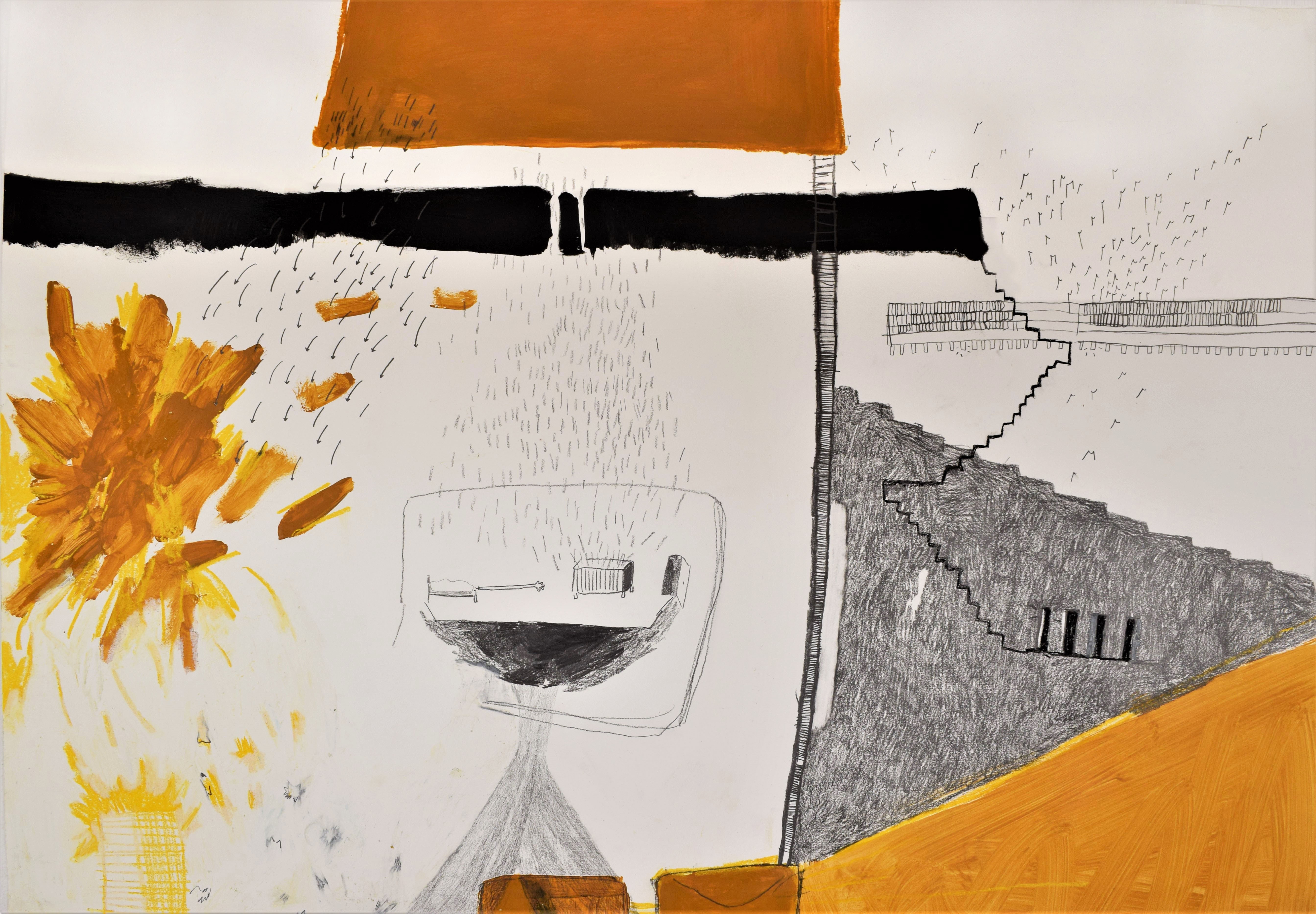
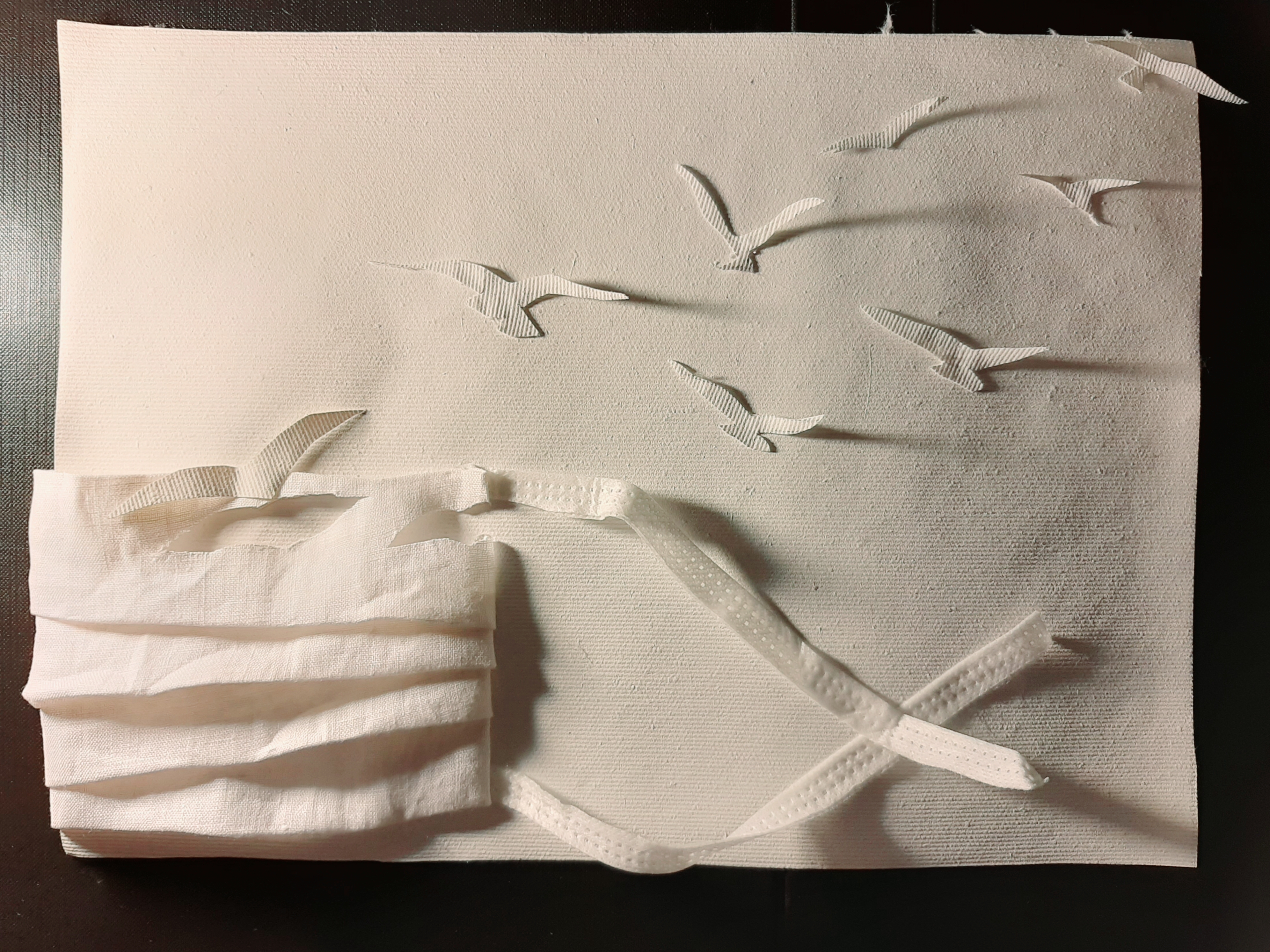
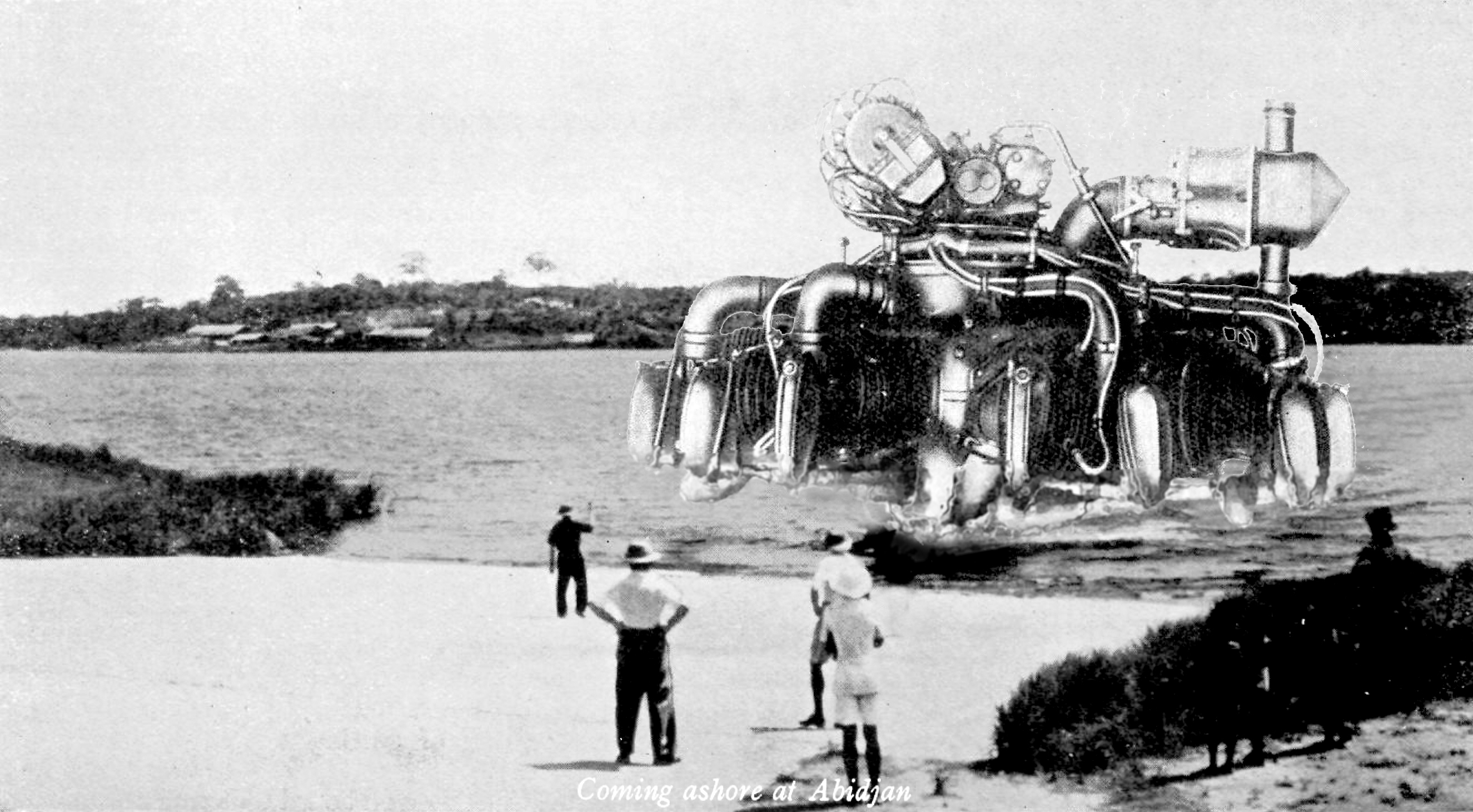
![[DAY 46],Tania Bohuslavska, Gala's Music, 2017](/media/k2/items/cache/8c4e7ddecfb739ef5c33c55621b27630_XL.jpg)
![[DAY 5] Liubov Popova, Space Force Construction, 1921](/media/k2/items/cache/d48ed900e79fa9547169c26138b4cd8d_XL.jpg)
![[DAY 35] Ivan Kliun, “Red Light”, early 1920s](/media/k2/items/cache/7f2cd38b7681e6e2ef83b5a7a5385264_XL.jpg)
![[DAY 47] [MAY DAY] Ksenia Ender, Untitled (flower pattern), mid 1920s](/media/k2/items/cache/d6e0c71ca3722c71ddd73a242718257f_XL.jpg)
![[DAY 24] Solomon Nikritin, “Man and Cloud”, 1930](/media/k2/items/cache/39a27618f1dc54b80987c6706135e6b7_XL.jpg)
![[DAY 45], Gustav Klucis, Dynamic City (photomontage), 1921](/media/k2/items/cache/42bfbea03cce865b2f6f3be1a87895b7_XL.jpg)
![[DAY 42] Margarita Lymperaki, Still Life, 1949](/media/k2/items/cache/b6d7090a321aeca0f529ab265a288b1b_XL.jpg?t=20200427_093317)
![[DAY 39] Dimitris Kozaris, Homes and Spiral Staircases, 2002](/media/k2/items/cache/f7abac252ae5ed68121b92ba7a669d87_XL.jpg?t=20200425_164155)
![[DAY 48] Alex Mylona, Aegean II, 1984](/media/k2/items/cache/a28321ba8f3530fc856783a3123dd44c_XL.jpg)
![[DAY 49] Panos Kokkinias, Laughter, 1994-1995](/media/k2/items/cache/2d535442c2c0b0669d8f5a051ed00bcc_XL.jpg)
![[DAY 40] Achilleas Aperghis, Untitled 1961-62](/media/k2/items/cache/725ab2e5536ce3eac0a8dd17d083ff4e_XL.jpg)
![[DAY 38] Athanasopoulou Lena, Extended Memory I, 2009](/media/k2/items/cache/464131a32be92db1eb03bd70266fdd38_XL.jpg?t=20200425_163643)
